Содержание
- 2. WHAT IS MEDIA LITERACY? Media literacy is a set of skills that anyone can learn. (Medya
- 3. Today, many people get most of their information through complex combinations of text, images and sounds.
- 4. Media literate youth and adults are better able to decipher the complex messages we receive from
- 5. They can understand how these media messages are constructed, and discover how they create meaning –
- 6. MEDIA LITERACY SKILLS CAN HELP CHILDREN, YOUTH AND ADULTS: Understand how media messages create meaning Identify
- 7. 6 Medya mesajları anlam oluşturmak anlamak Belirli bir medya mesaj kim yarattı tespit Medya yapımcısı bize
- 8. Media literacy education helps to develop critical thinking and active participation in our media culture. (Medya
- 9. Reasons to Study the Media (neden)
- 10. 20 REASONS TO STUDY THE MEDIA 1. Like history, because the media interpret the past to
- 11. 10 1. Tarih gibi, medya bize olan yol yapım gitti bize göstermek için bize geçmiş yorumlamak
- 12. 8. Like science and technology, because the media always adopt the leading edge of modern technological
- 13. 12 8.Medya her zaman modern teknolojik yenilik öncü kabul çünkü, bilim ve teknoloji gibi. 9. Aile
- 14. 14. Like industrial arts, because the media are carefully planned, designed and constructed products. (Medya dikkatle
- 15. 17. Like rhetoric, because the media use special codes and conventions of their own languages that
- 16. Media Literacy Concepts
- 17. The study and practice of media literacy is based on a number of fundamental concepts about
- 18. Understanding these concepts is an essential first step in media literacy education ( Bu kavramlar anlamak
- 19. We’ve organized Media Literacy Concepts into three levels: Basic, Intermediate Advanced.
- 20. Basic concepts (temel kavramlar)
- 21. 1. MEDIA CONSTRUCT OUR CULTURE Our society and culture – even our perception of reality -
- 22. 2. MEDIA MESSAGES AFFECT OUR THOUGHTS, ATTITUDES AND ACTIONS We don’t like to admit it, but
- 23. 3. MEDIA USE “THE LANGUAGE OF PERSUASION” All media messages try to persuade us to believe
- 24. 4. MEDIA CONSTRUCT FANTASY WORLDS While fantasy can be pleasurable and entertaining, it can also be
- 25. At other times, media can inspire our imagination. Advertising constructs a fantasy world where all problems
- 26. 5. NO ONE TELLS THE WHOLE STORY Every media maker has a point of view. Every
- 27. 6. MEDIA MESSAGES CONTAIN “TEXTS” AND “SUBTEXTS” The text is the actual words, pictures and/or sounds
- 29. “But whether naively or not, I see very well what it signifies to me : that
- 30. 7. MEDIA MESSAGES REFLECT THE VALUES AND VIEWPOINTS OF MEDIA MAKERS Everyone has a point of
- 31. 8. INDIVIDUALS CONSTRUCT THEIR OWN MEANINGS FROM MEDIA Although media makers attempt to convey specific messages,
- 32. 9. MEDIA MESSAGES CAN BE DECODED By “deconstructing” media, we can figure out who created the
- 33. 10. MEDIA LITERATE YOUTH AND ADULTS ARE ACTIVE CONSUMERS OF MEDIA Many forms of media –
- 34. Intermediate Concepts
- 35. 11. The human brain processes images differently than words Images are processed in the “reptilian” part
- 36. 12. We process time-based media differently than static media The information and images in TV shows,
- 37. 13. Media are most powerful when they operate on an emotional level Most fiction engages our
- 38. 14. Media messages can be manipulated to enhance emotional impact Movies and TV shows use a
- 39. 15. Media effects are subtle Few people believe everything they see and hear in the media.
- 40. 16. Media effects are complex Media messages directly influence us as individuals, but they also affect
- 41. 17. Media convey ideological and value messages Ideology and values are usually conveyed in the subtext.
- 42. 18. We all create media Maybe you don’t have the skills and resources to make a
- 43. Advanced concepts
- 44. 19. Our media system reflects the power dynamics in our society People and institutions with money,
- 45. 20. Most media are controlled by commercial interests In the United States, the marketplace largely determines
- 46. 21. Media monopolies reduce opportunities to participate in decision making When a few huge media corporations
- 47. This affects our ability to make good decisions about our own lives, and reduces opportunities to
- 48. 22. Changing the media system is a justice issue Our media system produces lots of negative,
- 49. 23. We can change our media system More and more people are realizing how important it
- 50. 24. Media literate youth and adults are media activists As we learn how to access, analyze
- 51. Text & Subtext
- 52. Text We often use the word “text” to mean “written meaning. But in media literacy, “text”
- 53. It can include written or spoken words, pictures, graphics, moving images, sounds, and the arrangement or
- 54. Subtext The “subtext” is your interpretation of a piece of media. It is sometimes called the
- 55. Example Magazine Ad: “Got Milk?”
- 56. The text of this media message includes: An image of musician Sheryl Crow holding a guitar
- 57. So if you’re trying to lose weight or maintain a healthy weight, try drinking 24 ounces
- 58. Possible subtexts include: ??????????
- 59. Sheryl Crow drinks milk. Sheryl Crow can only perform well by drinking milk. Sheryl Crow wants
- 60. HOW ABOUT THIS?
- 61. OR THIS?
- 62. 2 QUOTES FROM ROLAND BARTHES “...language is never innocent.” “The bastard form of mass culture is
- 63. AND THE LAST MOTTO “There are no beautiful surfaces without a terrible depth.” Friedrich Nietzsche
- 64. The Language of Persuasion
- 65. The goal of most media messages is to persuade the audience to believe or do something.
- 66. The media messages most concerned with persuading us are found in advertising, public relations and advocacy.
- 67. Public relations (PR) "sells" us a positive image of a corporation, government or organization. Politicians and
- 68. These "persuaders" use a variety of techniques to grab our attention, to establish credibility and trust,
- 69. We call these techniques the "language of persuasion.” They’re not new; Aristotle wrote about persuasion techniques
- 70. Once you know how media messages try to persuade you to believe or do something, you’ll
- 71. Advertising is the easiest starting point: most ads are relatively simple in structure, easily available, and
- 72. Keep in mind that many media messages, such as television commercials, use several techniques simultaneously. Others
- 73. We’ve divided our list of persuasion techniques into three levels: Basic, Intermediate and Advanced. Basic techniques
- 74. Basic persuasion techniques
- 75. 1. ASSOCIATION This persuasion technique tries to link a product, service, or idea with something already
- 76. ASSOCIATION CAN BE A VERY POWERFUL TECHNIQUE A good ad can create a strong emotional response
- 77. 2. BANDWAGON Many ads show lots of people using the product, implying that "everyone is doing
- 78. 3. BEAUTIFUL PEOPLE Beautiful people uses good-looking models (who may also be celebrities) to attract our
- 79. 4. BRIBERY This technique tries to persuade us to buy a product by promising to give
- 80. 5. CELEBRITIES We tend to pay attention to famous people. That’s why they’re famous! Ads often
- 81. 6. EXPERTS We rely on experts to advise us about things that we don’t know ourselves.
- 82. 7. EXPLICIT CLAIMS Something is "explicit" if it is directly, fully, and/or clearly expressed or demonstrated.
- 83. 8. FEAR This is the opposite of the Association technique. It uses something disliked or feared
- 84. 9. HUMOR Many ads use humor because it grabs our attention and it’s a powerful persuasion
- 85. They hope that when we see their product in a store, we’ll subtly re-experience that good
- 86. 10. INTENSITY The language of ads is full of intensifiers, including superlatives (greatest, best, most, fastest,
- 87. 11. MAYBE Unproven, exaggerated or outrageous claims are commonly preceded by "weasel words" such as may,
- 88. 12. PLAIN FOLKS This technique works because we may believe a "regular person" more than an
- 89. 13. REPETITION Advertisers use repetition in two ways: Within an ad or advocacy message, words, sounds
- 90. 14. TESTIMONIALS Media messages often show people testifying about the value or quality of a product,
- 91. 15. WARM & FUZZY This technique uses sentimental images (especially of families, kids and animals) to
- 92. Intermediate persuasion techniques
- 93. 16. THE BIG LIE According to Adolf Hitler, one of the 20th century’s most dangerous propagandists,
- 94. “If you tell a lie big enough and keep repeating it, people will eventually come to
- 95. 17. CHARISMA Sometimes, persuaders can be effective simply by appearing firm, bold, strong, and confident. This
- 96. 18. EUPHEMISM While the Glittering generalities and Name-calling techniques arouse audiences with vivid, emotionally suggestive words,
- 97. 19. EXTRAPOLATION Persuaders sometimes draw huge conclusions on the basis of a few small facts. Extrapolation
- 98. 20. FLATTERY Persuaders love to flatter us. Politicians and advertisers sometimes speak directly to us: "You
- 99. 21. GLITTERING GENERALITIES This is the use of so-called "virtue words" such as civilization, democracy, freedom,
- 100. 22. NAME-CALLING This technique links a person or idea to a negative symbol (liar, creep, gossip,
- 101. 23. NEW We love new things and new ideas, because we tend to believe they’re better
- 102. 24. NOSTALGIA This is the opposite of the New technique. Many advertisers invoke a time when
- 103. 25. RHETORICAL QUESTIONS These are questions designed to get us to agree with the speaker. They
- 104. 26. SCIENTIFIC EVIDENCE This is a particular application of the Expert technique. It uses the paraphernalia
- 105. 27. SIMPLE SOLUTION Life is complicated. People are complex. Problems often have many causes, and they’re
- 106. 28. SLIPPERY SLOPE This technique combines Extrapolation and Fear. Instead of predicting a positive future, it
- 107. The Slippery slope technique is commonly used in political debate, because it’s easy to claim that
- 108. 29. SYMBOLS Symbols are words or images that bring to mind some larger concept, usually one
- 109. Advanced persuasion techniques
- 110. 30. AD HOMINEM Latin for "against the man," the ad hominem technique responds to an argument
- 111. It works on the belief that if there’s something wrong or objectionable about the messenger, the
- 112. 31. ANALOGY An analogy compares one situation with another. A good analogy, where the situations are
- 113. 32. CARD STACKING No one can tell the whole story; we all tell part of the
- 114. 33. CAUSE VS. CORRELATION While understanding true causes and true effects is important, persuaders can fool
- 115. 34. DENIAL This technique is used to escape responsibility for something that is unpopular or controversial.
- 116. 35. DIVERSION This technique diverts our attention from a problem or issue by raising a separate
- 117. 36. GROUP DYNAMICS We are greatly influenced by what other people think and do. We can
- 118. 37. MAJORITY BELIEF This technique is similar to the Bandwagon technique. It works on the assumption
- 119. 38. SCAPEGOATING Extremely powerful and very common in political speech, Scapegoating blames a problem on one
- 120. 39. STRAW MAN This technique builds up an illogical or deliberately damaged idea and presents it
- 121. 40. TIMING Sometimes a media message is persuasive not because of what it says, but because
- 122. Deconstructing Media Messages
- 123. Deconstructing a media message can help us understand who created the message, and who is intended
- 124. It can reveal how the media maker put together the message using words, images, sounds, design,
- 125. There is no one “correct” way to deconstruct a media message – each of us interprets
- 126. Key concepts for deconstructing media:
- 127. 1-SOURCE All media messages are created. The creator could be an individual writer, photographer or blogger.
- 128. 2-AUDIENCE Media messages are intended to reach audiences. Some – like primetime TV shows -are designed
- 129. 3-TEXT The text of any piece of media is what you actually see and/or hear. It
- 130. 4-SUBTEXT The “subtext” is an individual interpretation of a media message. It is sometimes called the
- 131. 5-PERSUASION TECHNIQUES Media messages use a number of techniques to try to persuade us to believe
- 132. 6-POINT OF VIEW No one tells the whole story. Everyone tells part of the story from
- 133. DECONSTRUCTION QUESTIONS You can use the following questions to quickly deconstruct any media message. Use the
- 134. BASIC DECONSTRUCTION QUESTIONS 1. Whose message is this? Who created or paid for it? Why? 2.
- 135. INTERMEDIATE DECONSTRUCTION QUESTIONS 1. Whose message is this? Who created or paid for it? Why? 2.
- 136. ADVANCED DECONSTRUCTION QUESTIONS 1. Whose message is this? Who created or paid for it? Why? 2.
- 137. 6. What values are expressed? 7. What “tools of persuasion” are used? 8. What positive messages
- 139. Скачать презентацию



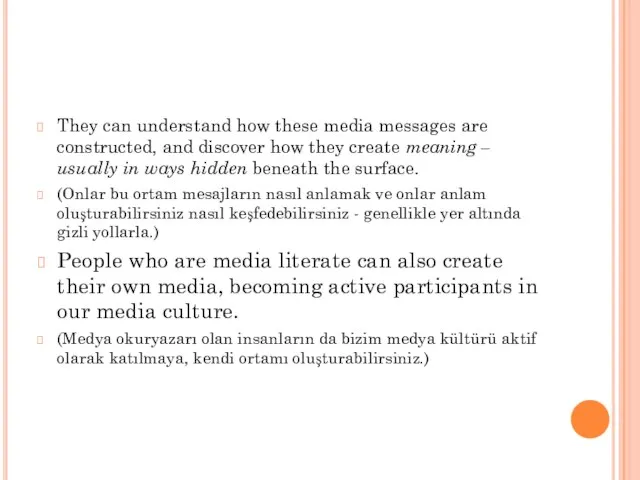
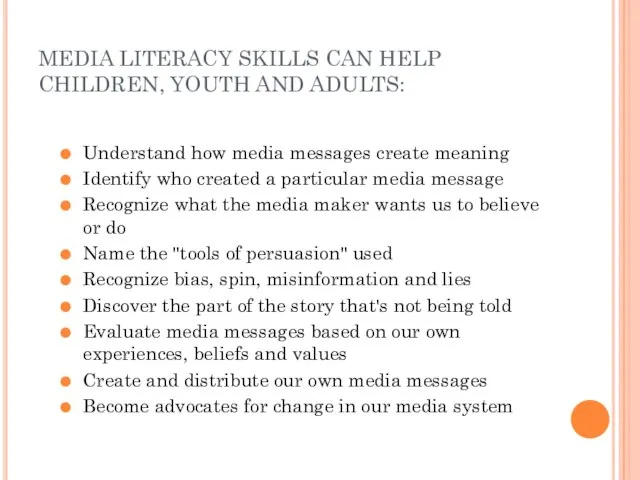

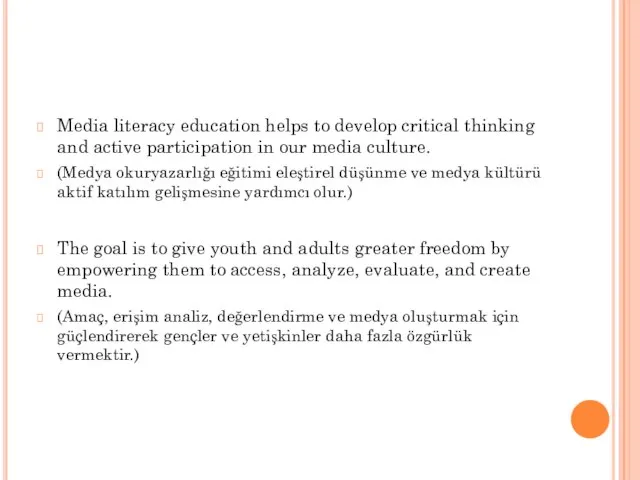
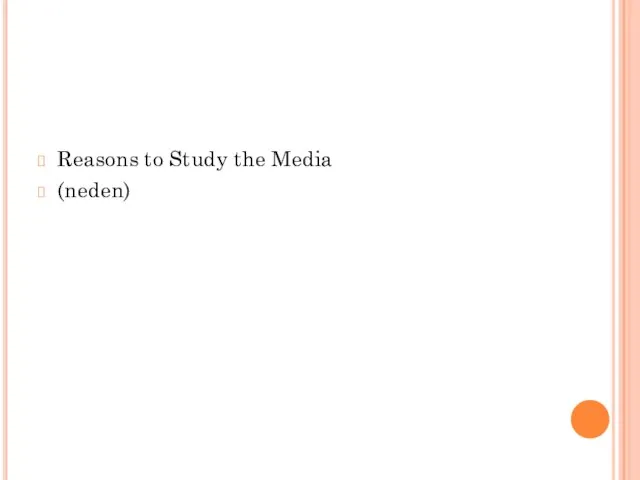
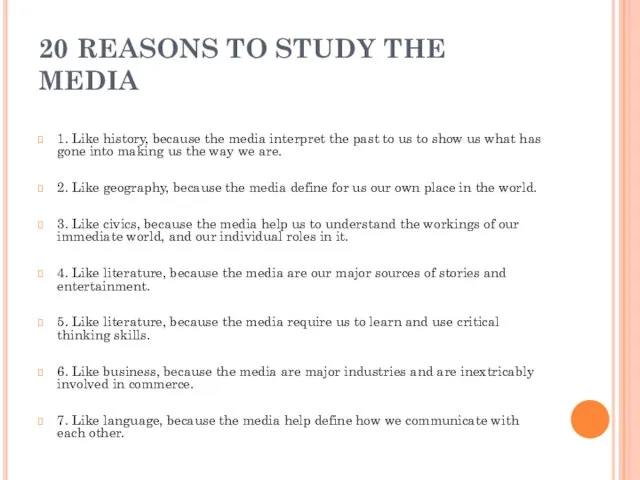
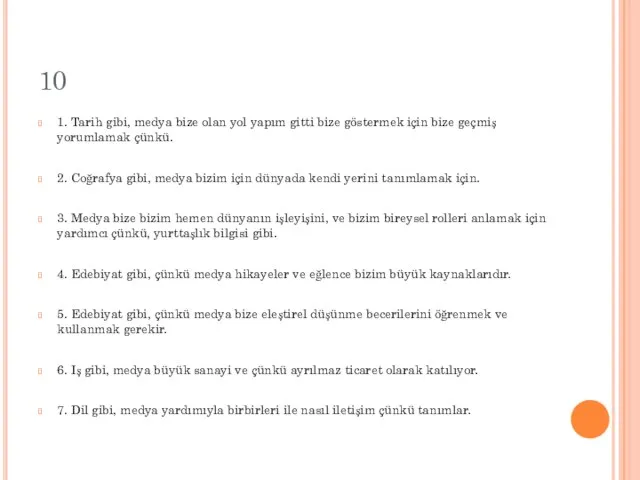
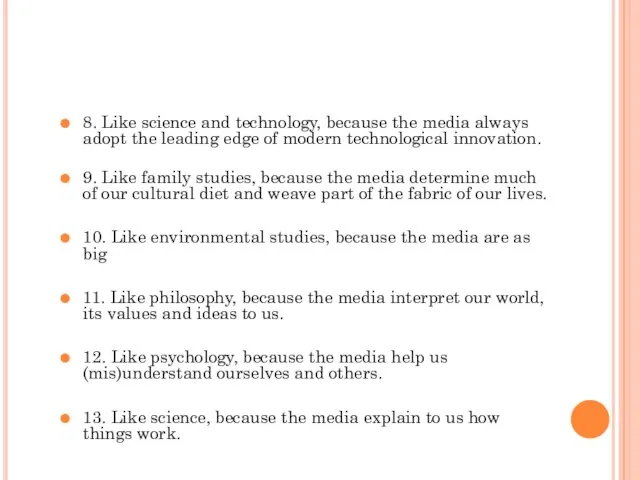
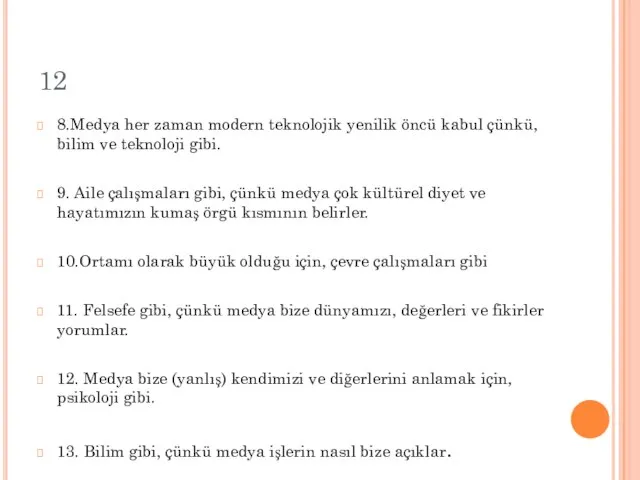
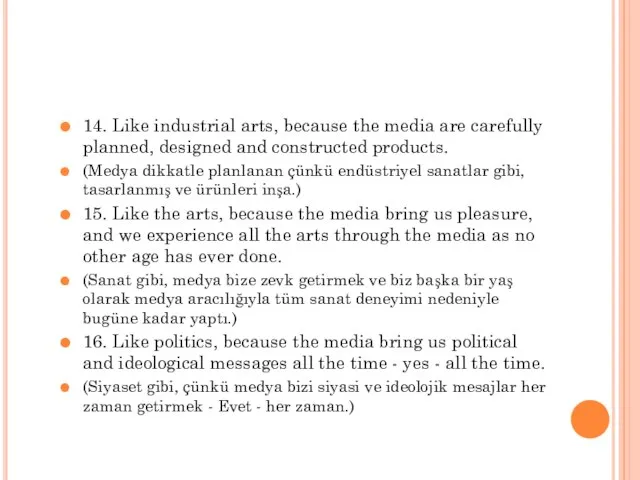
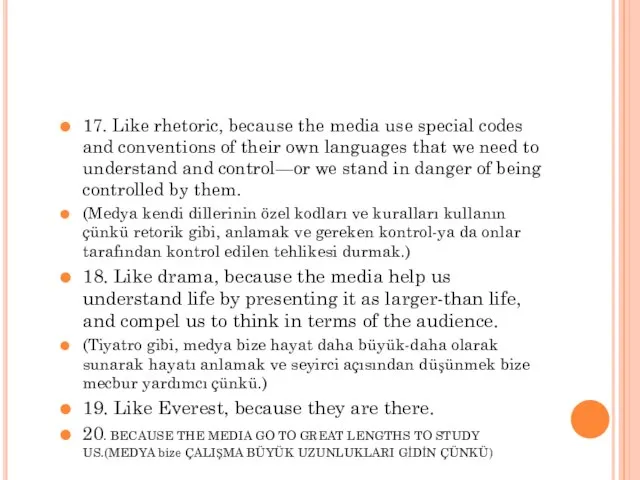

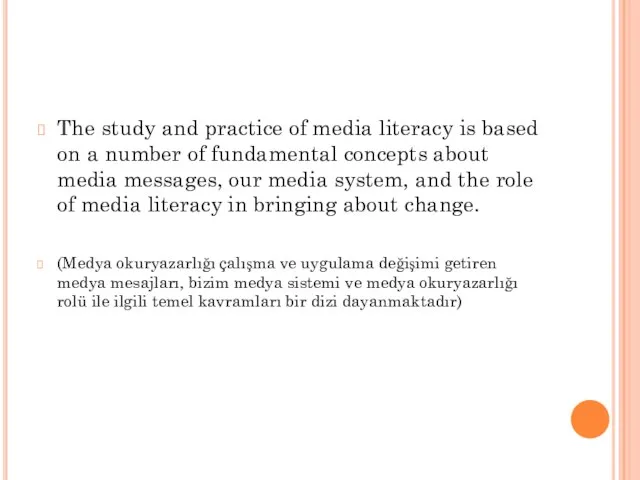

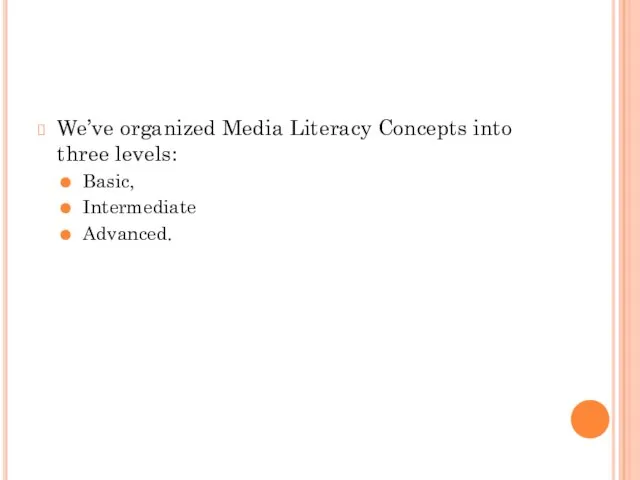
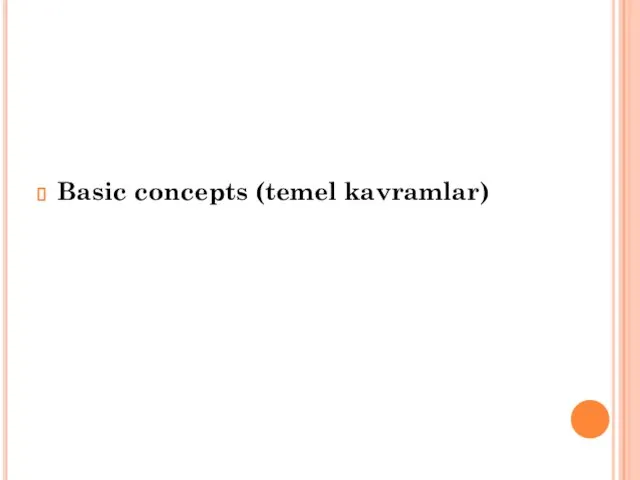
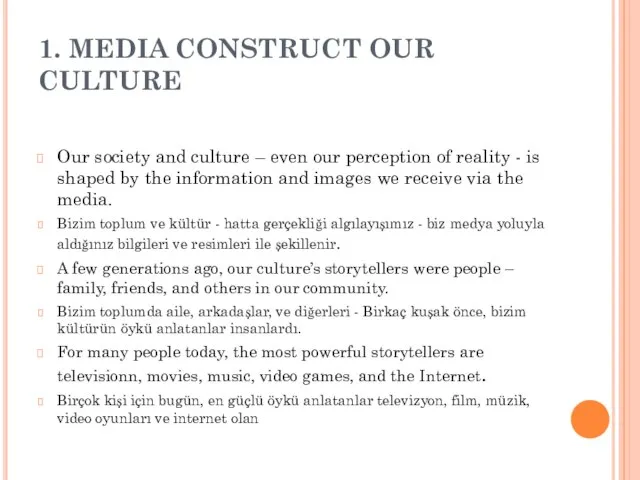
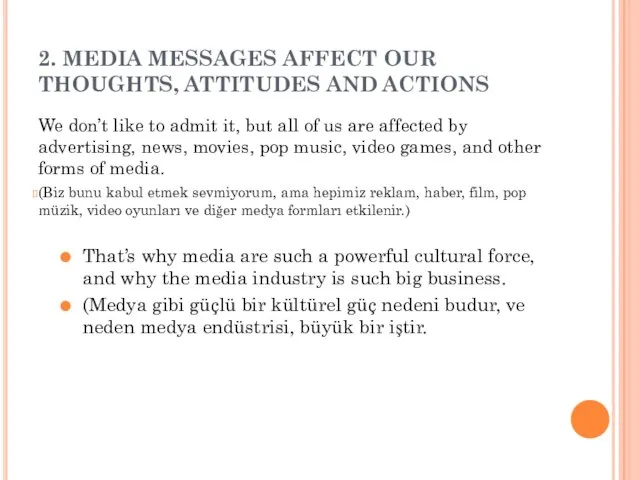
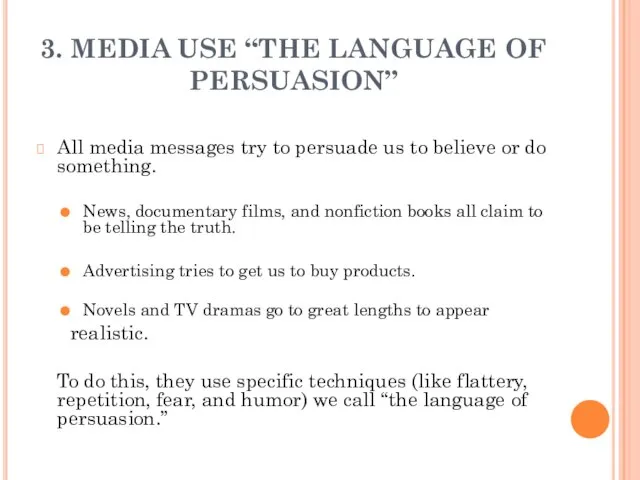
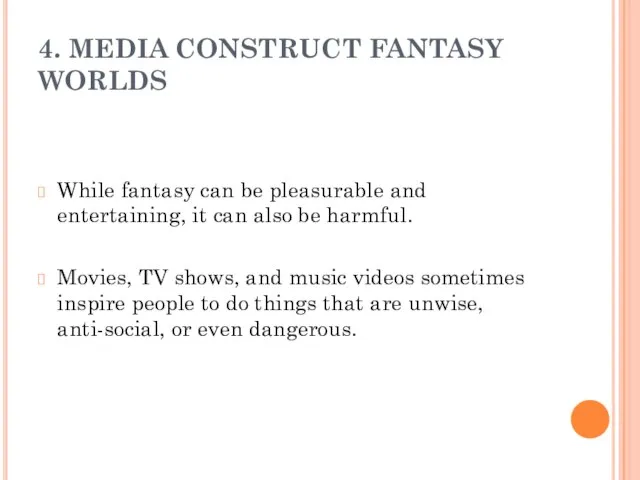

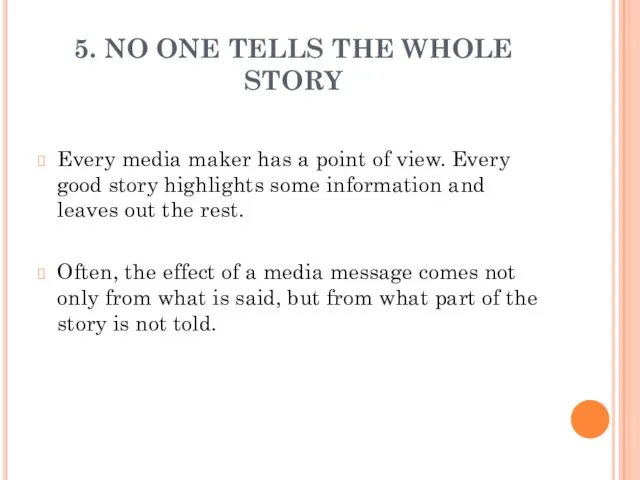
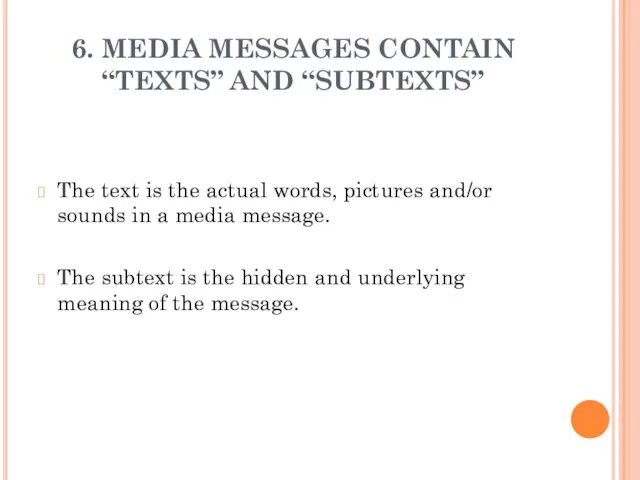

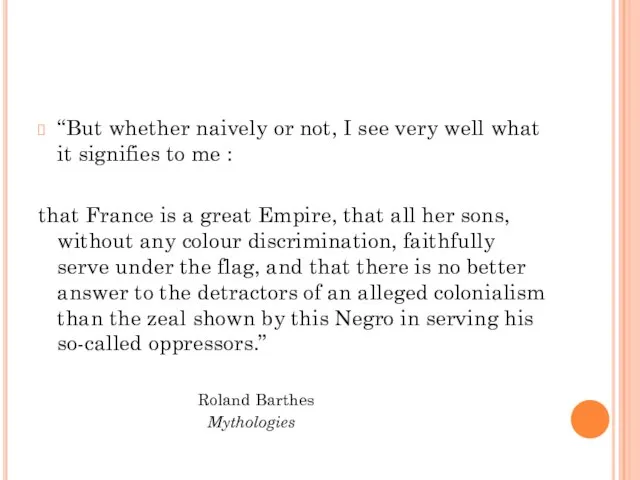



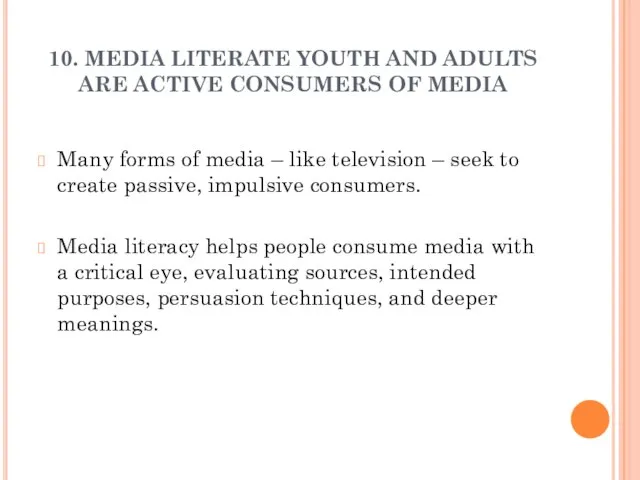
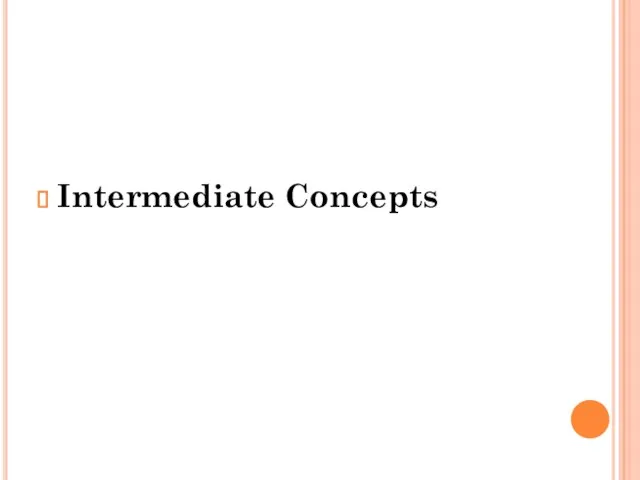
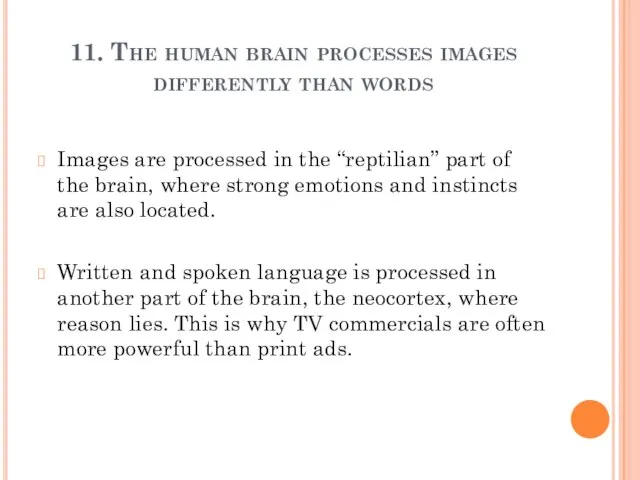

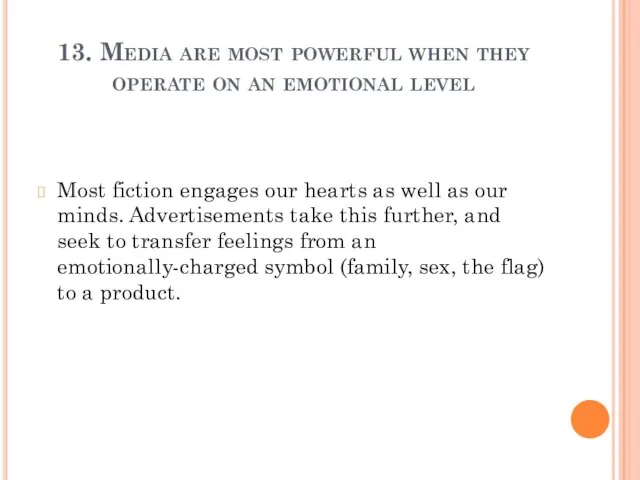
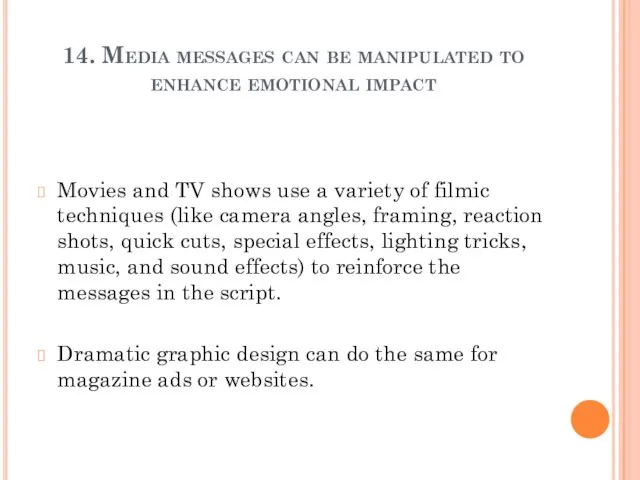
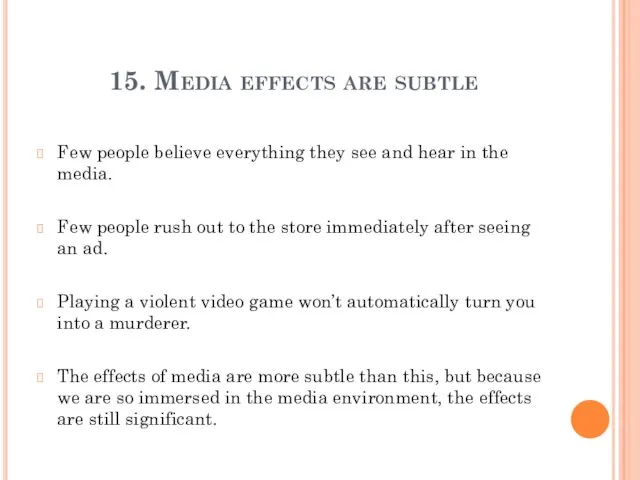
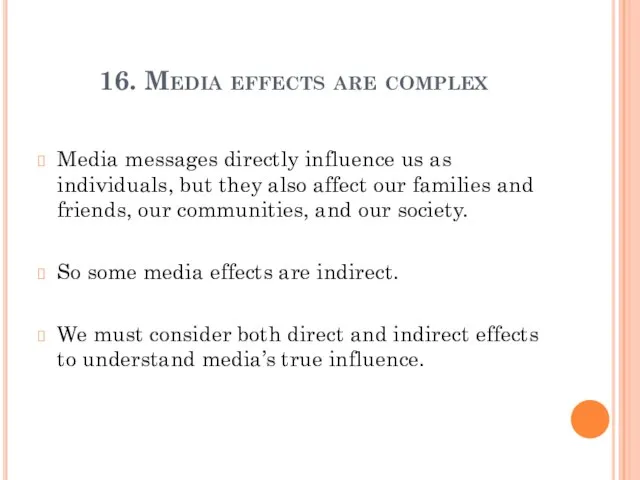
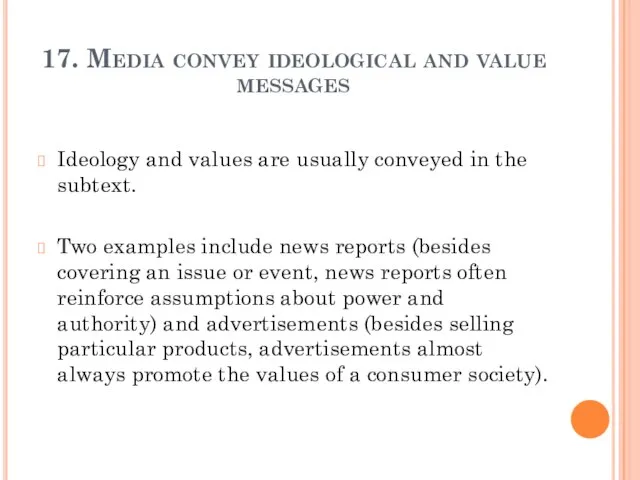
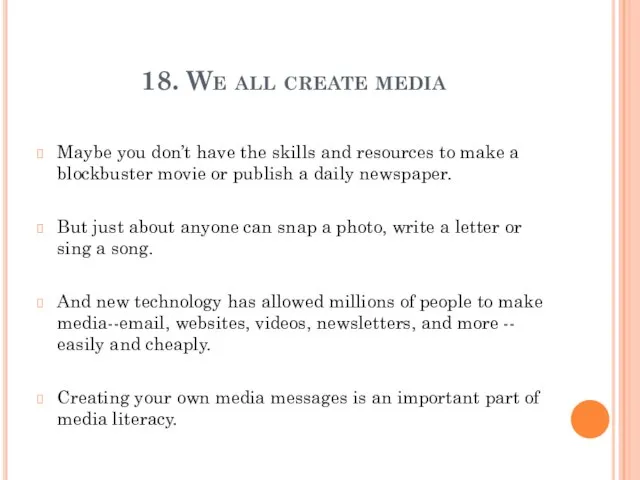
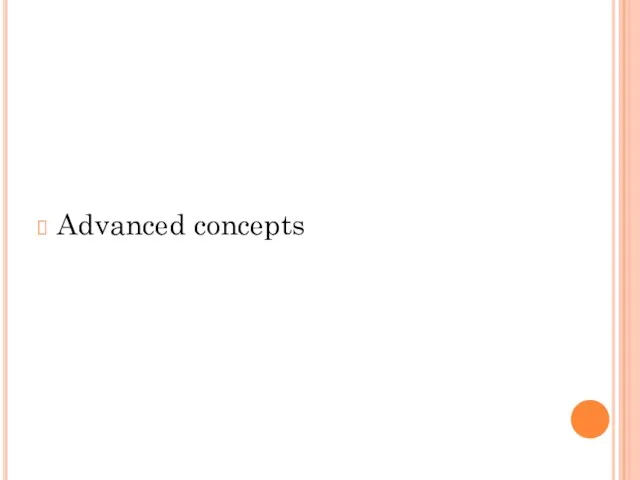
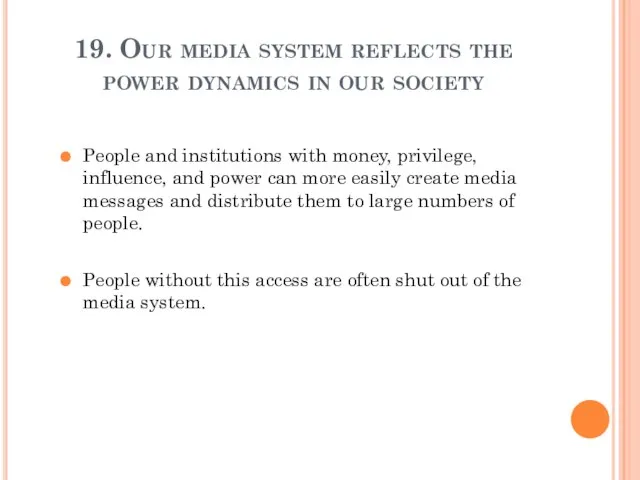
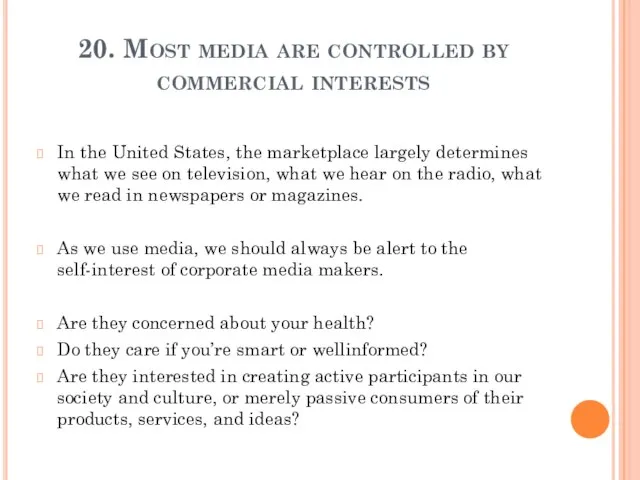
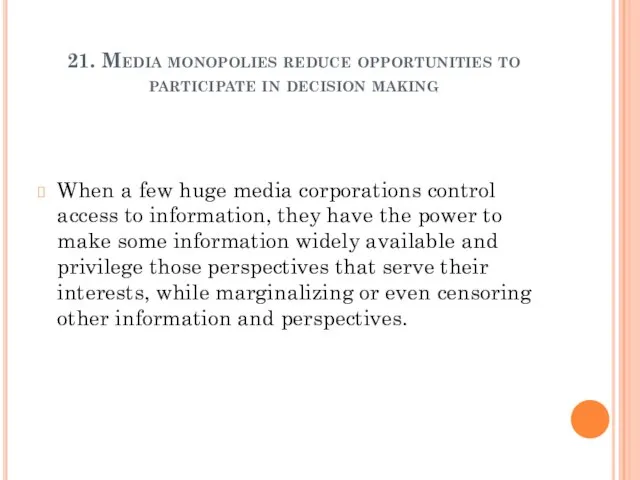
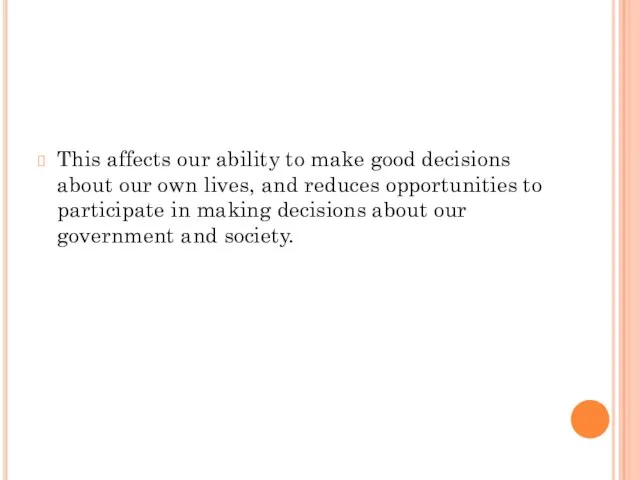
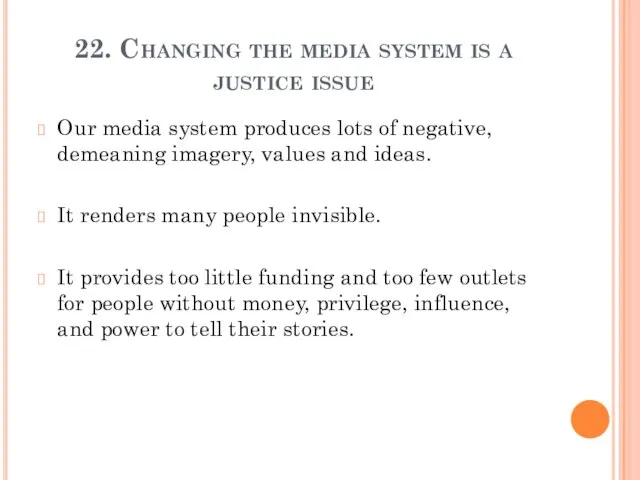
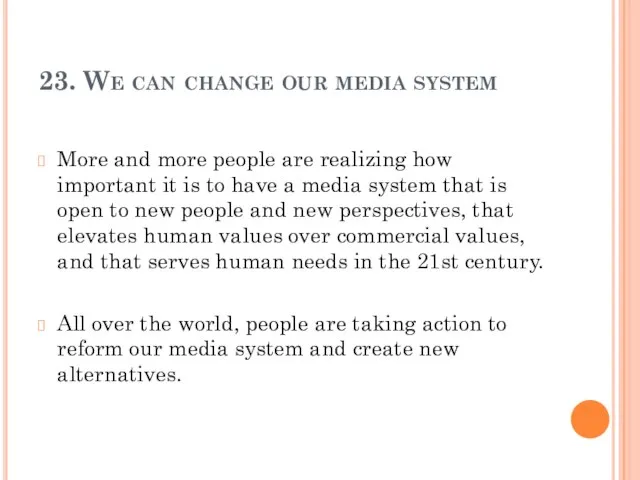
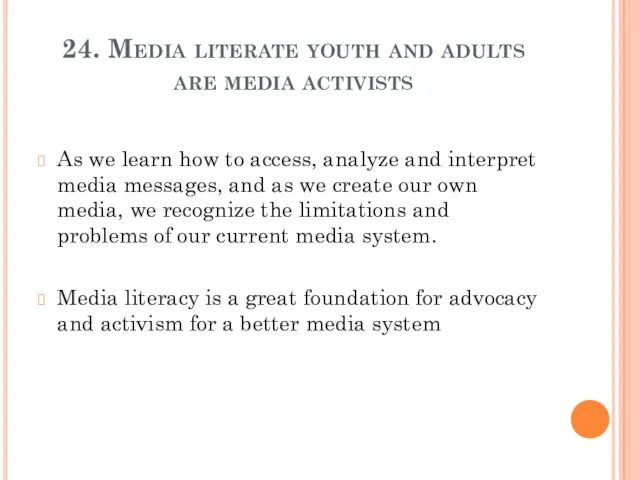


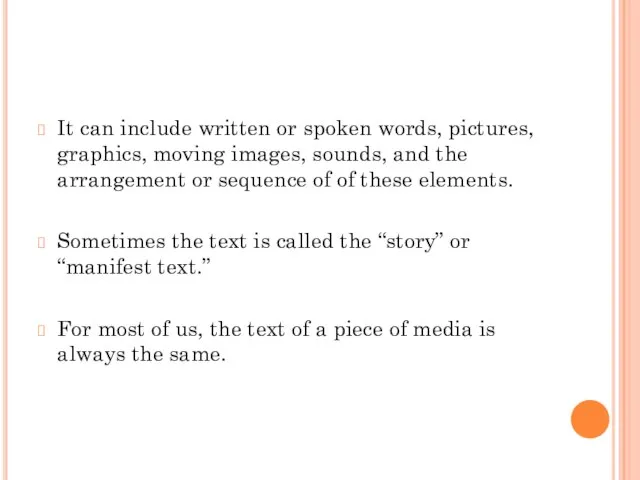
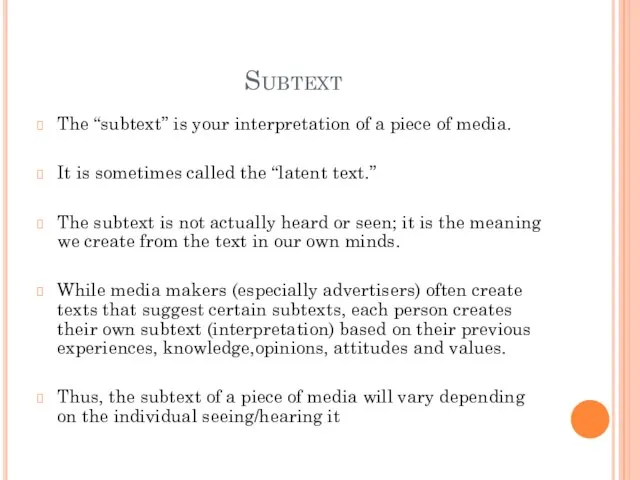

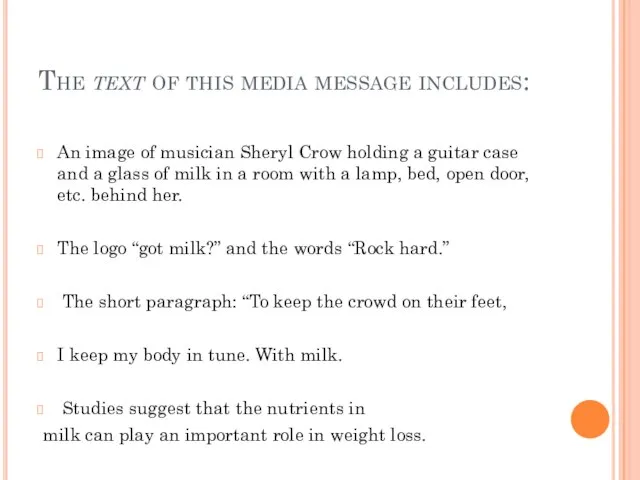

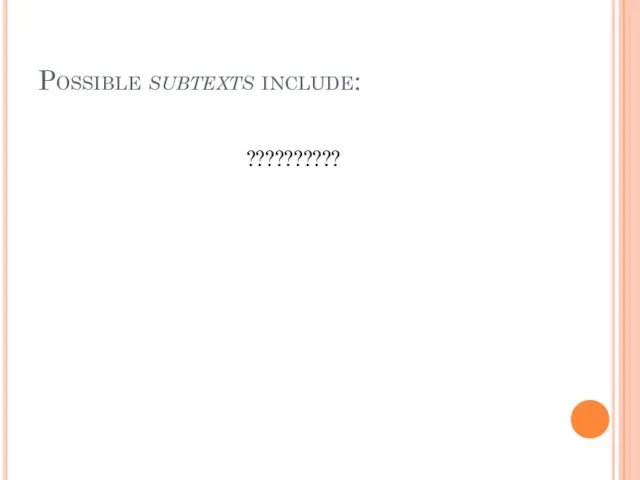
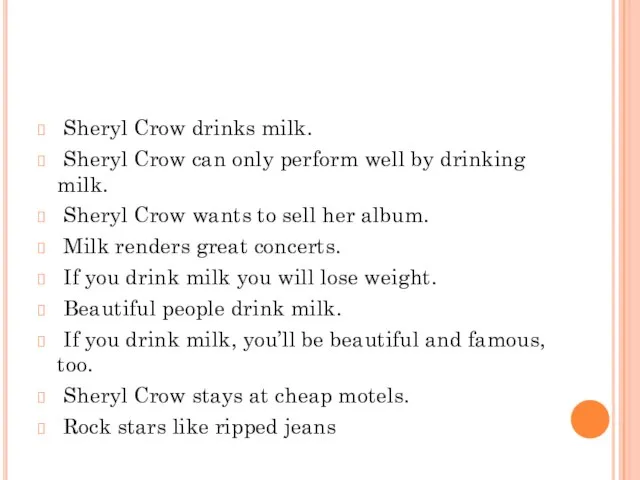
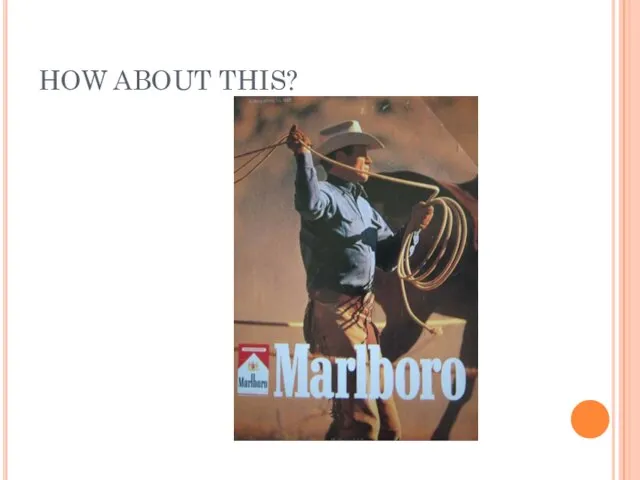

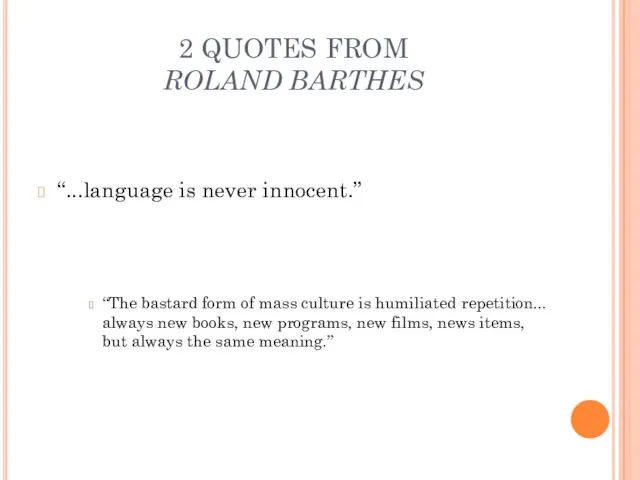
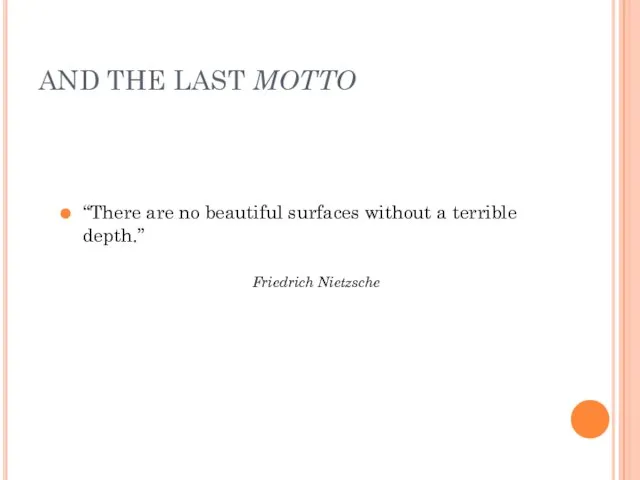
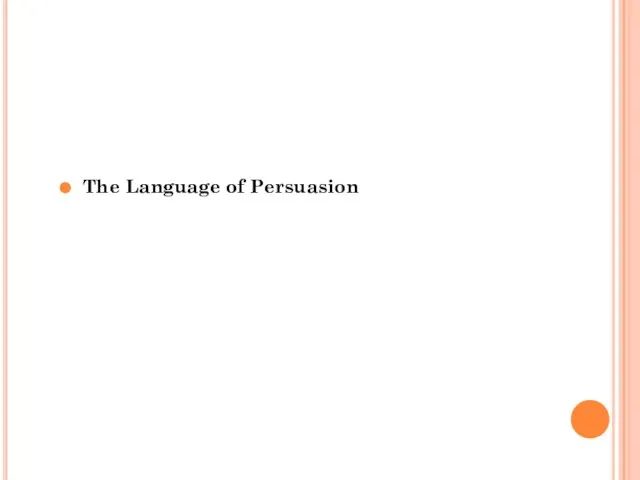
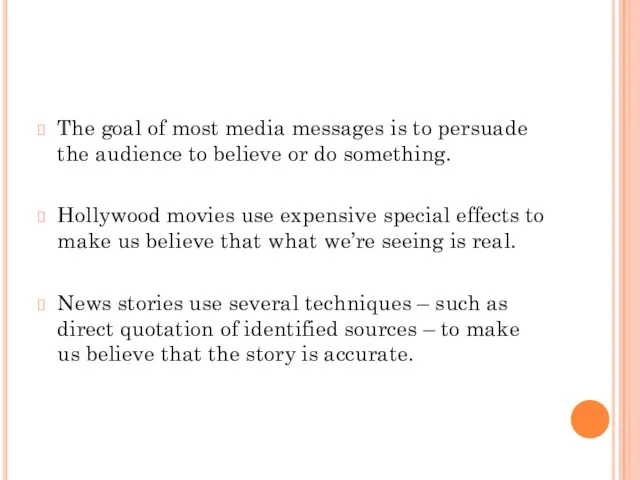
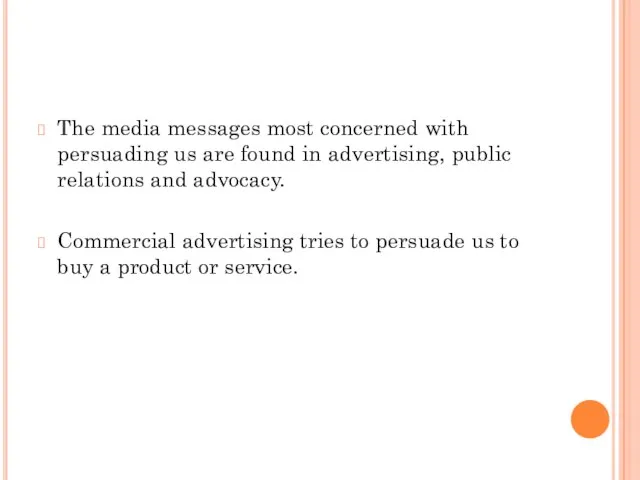
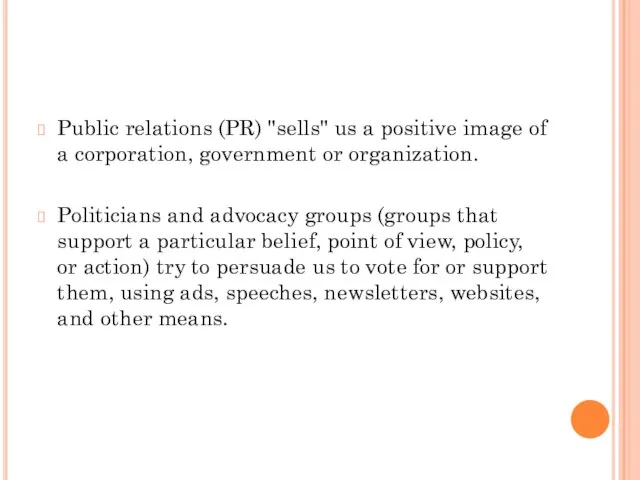
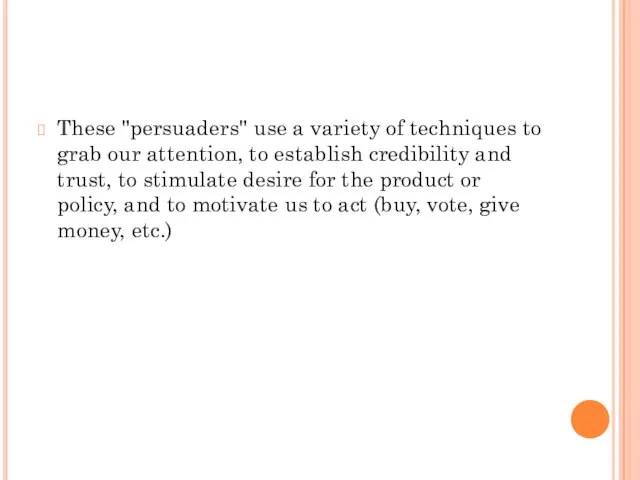
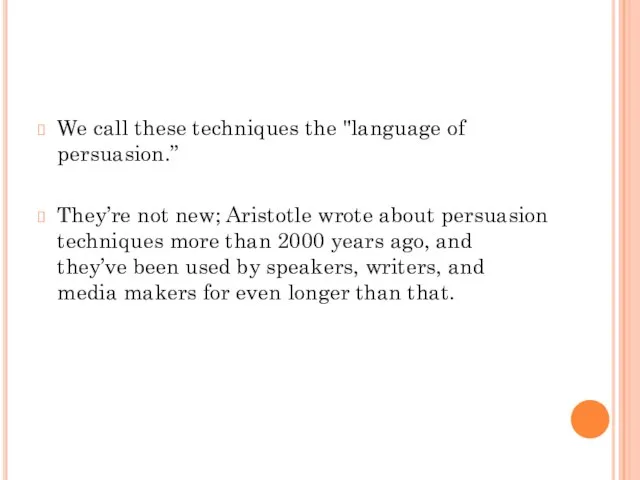
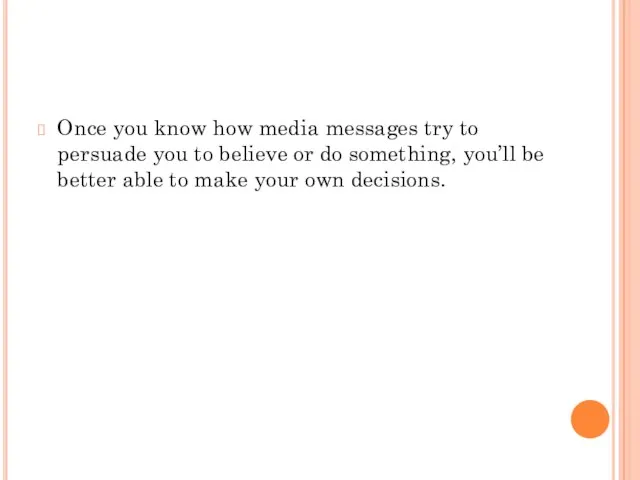

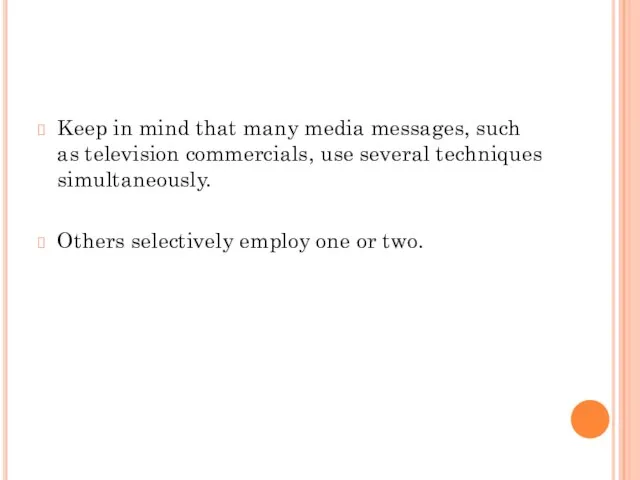

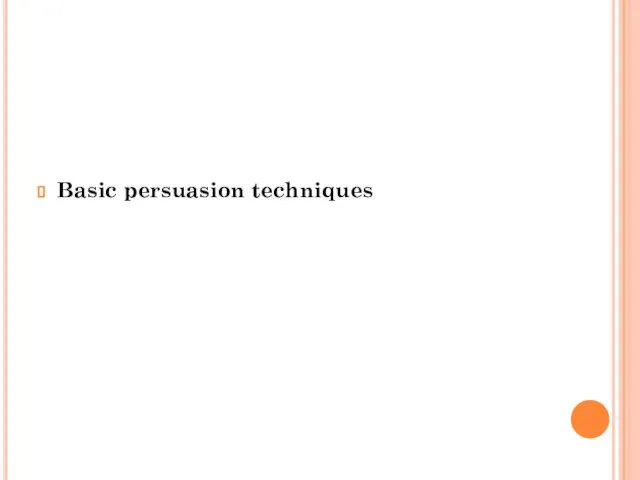
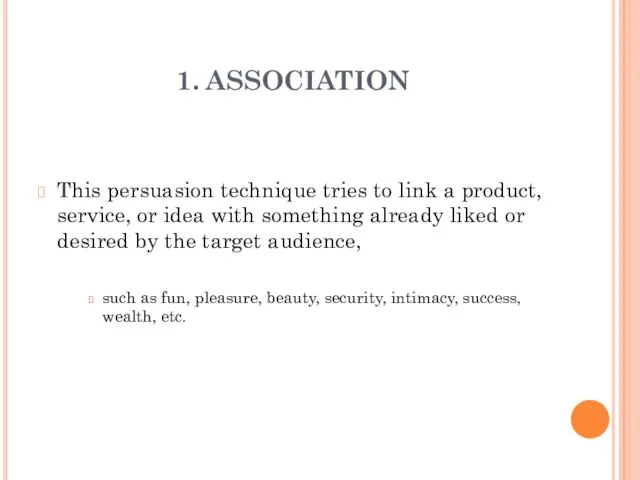
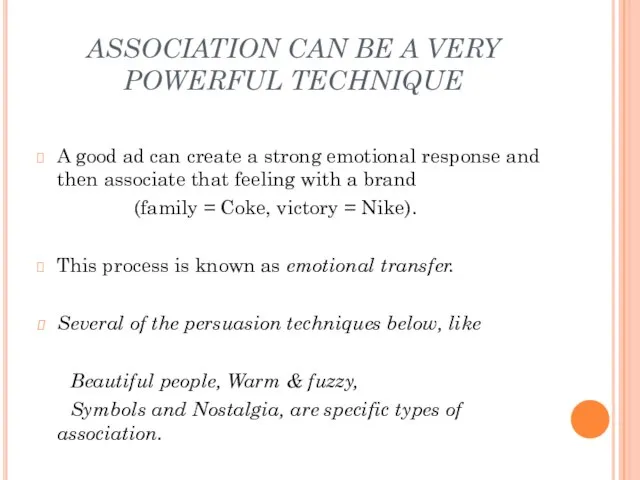
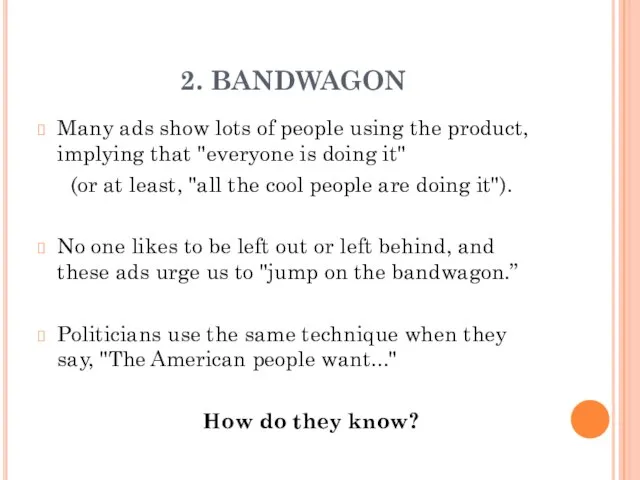
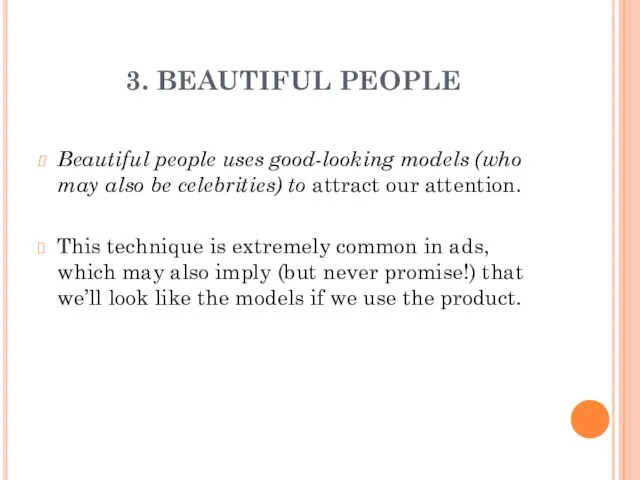
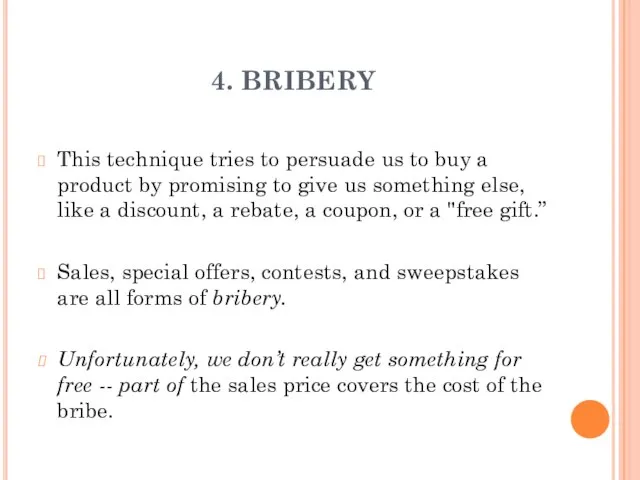
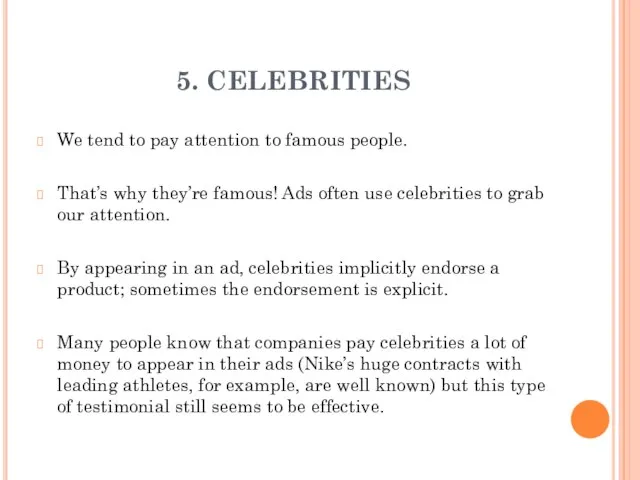
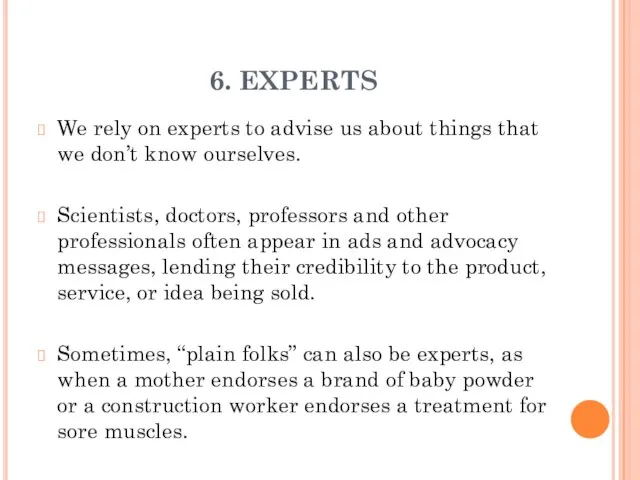
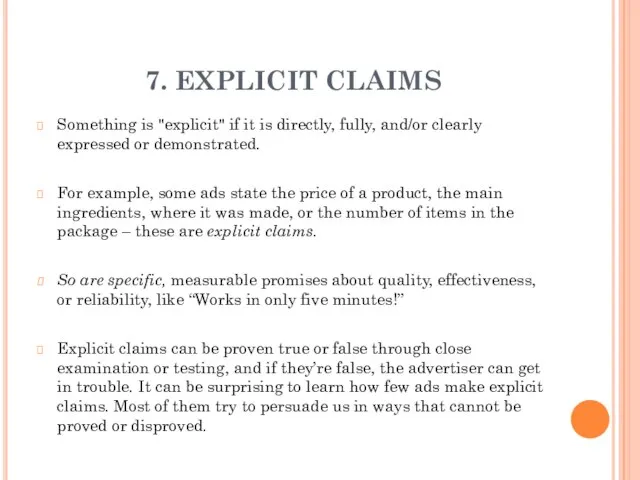
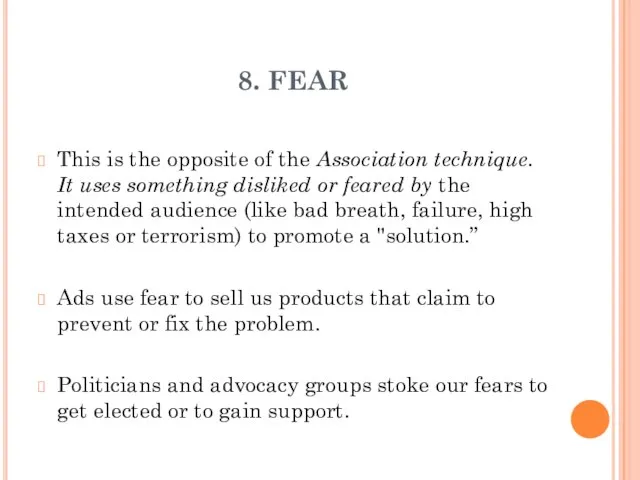
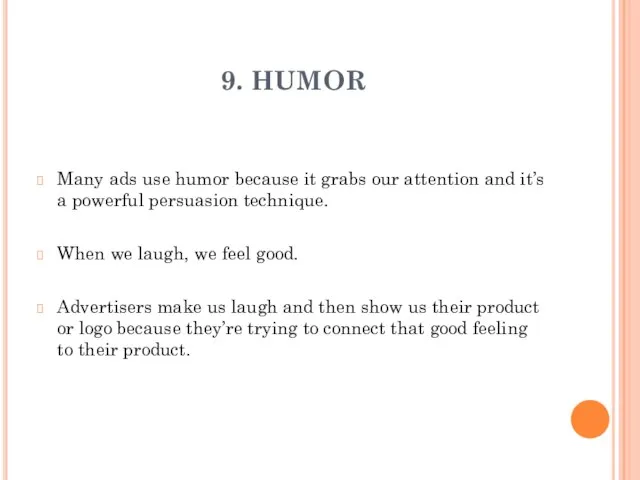

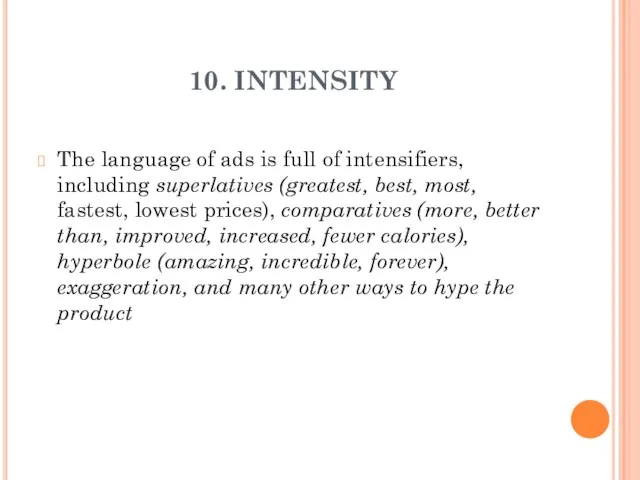

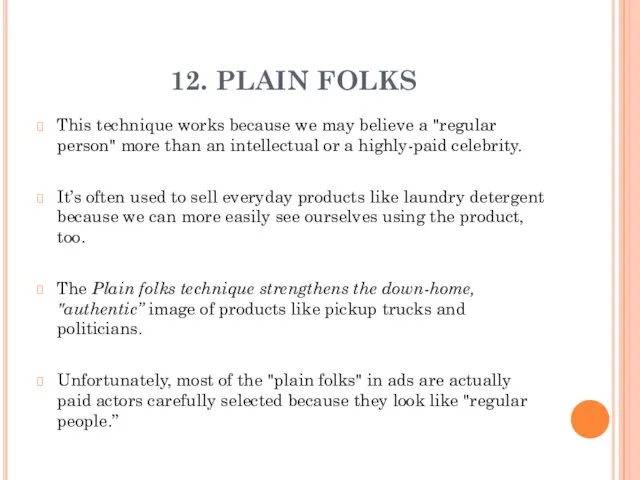
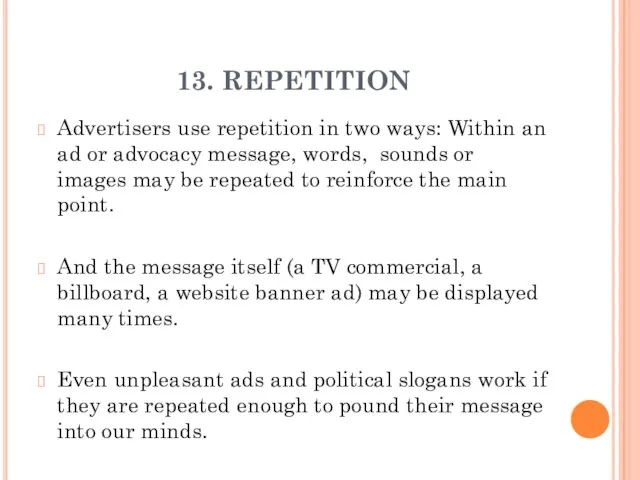
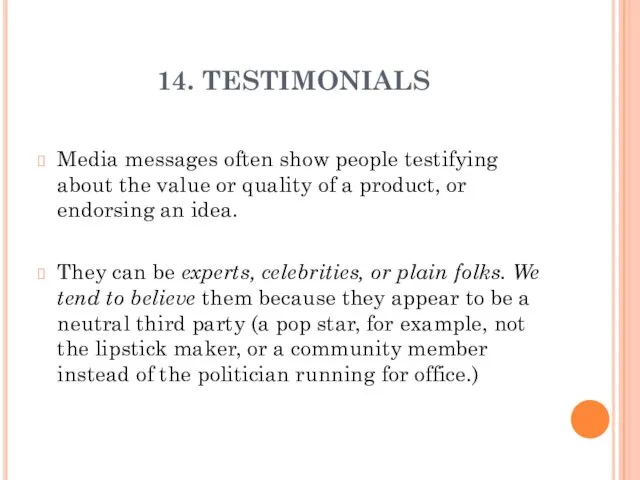
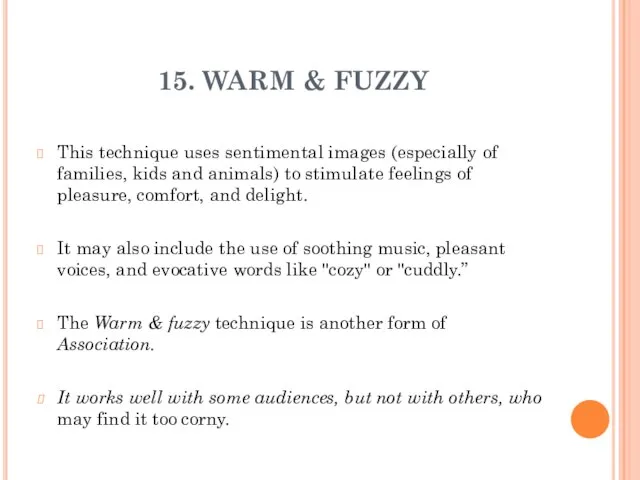

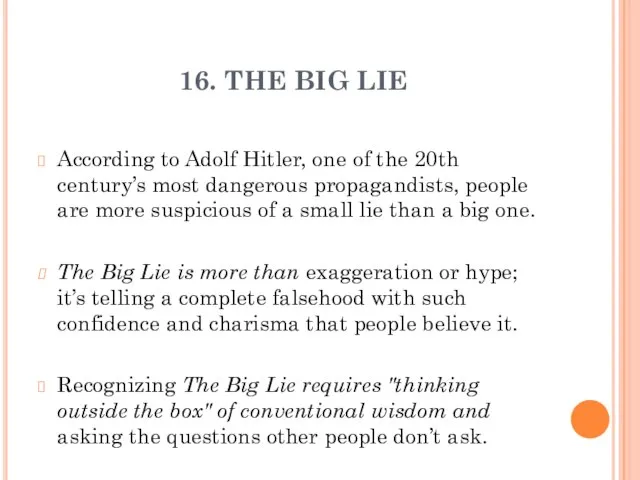
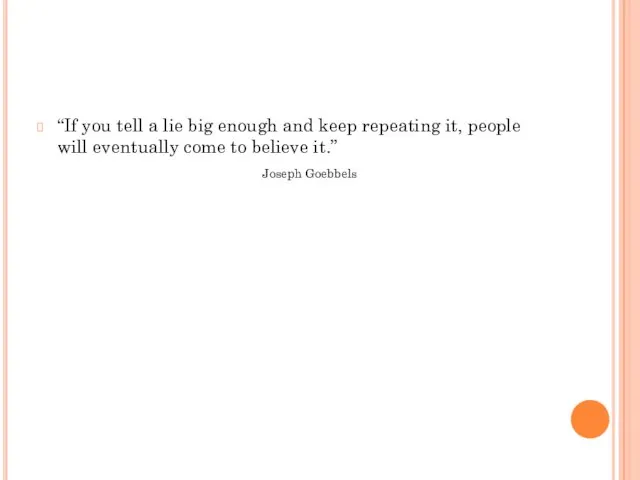
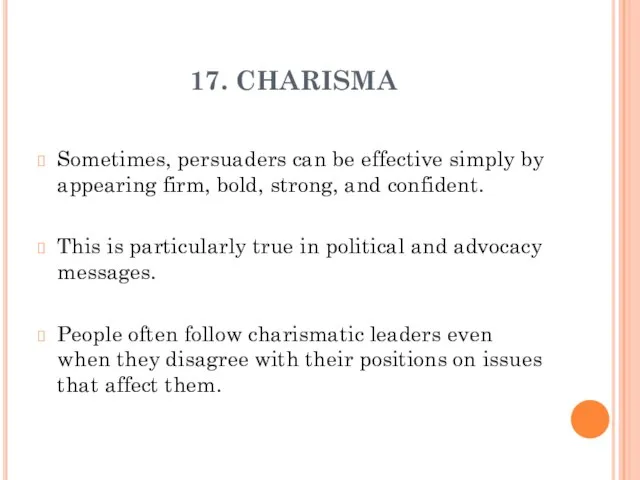
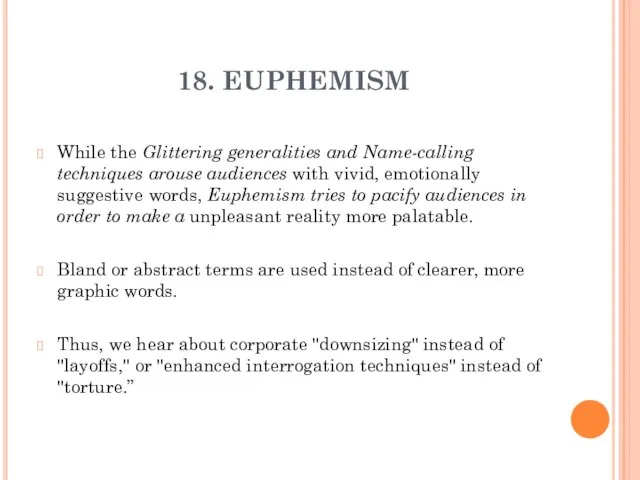
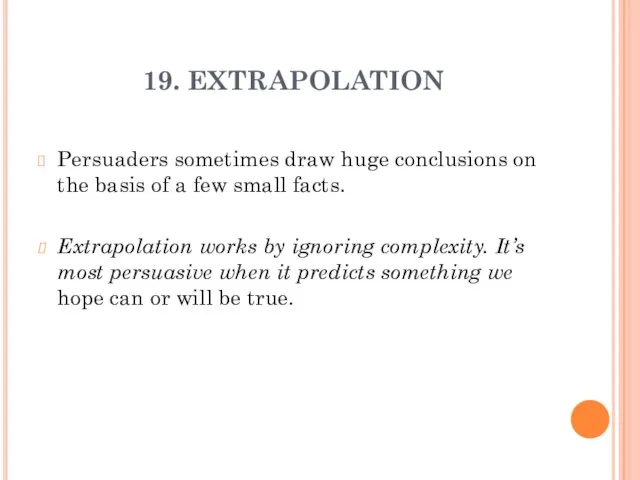
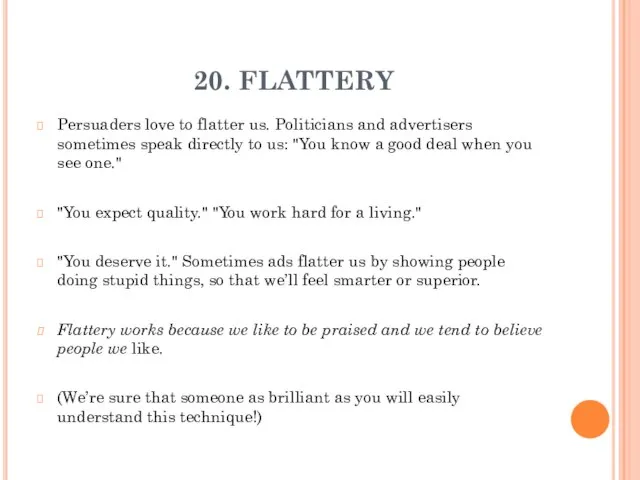
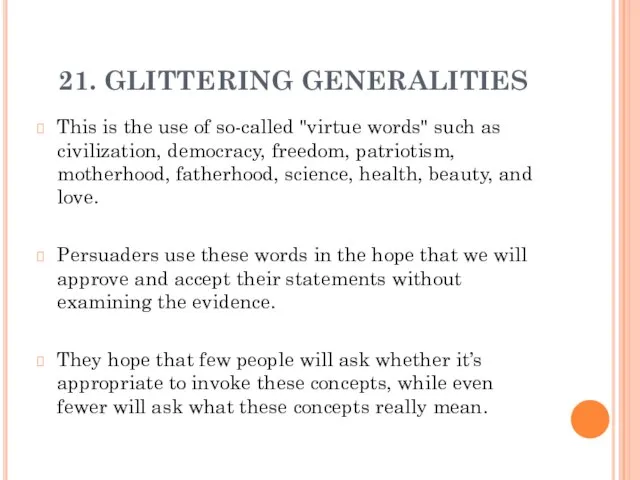
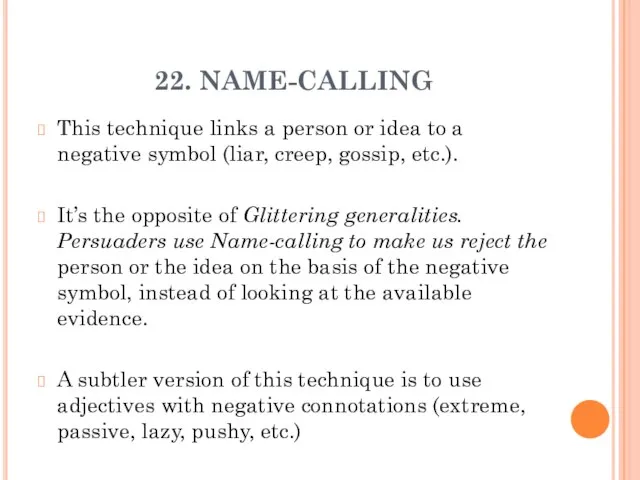
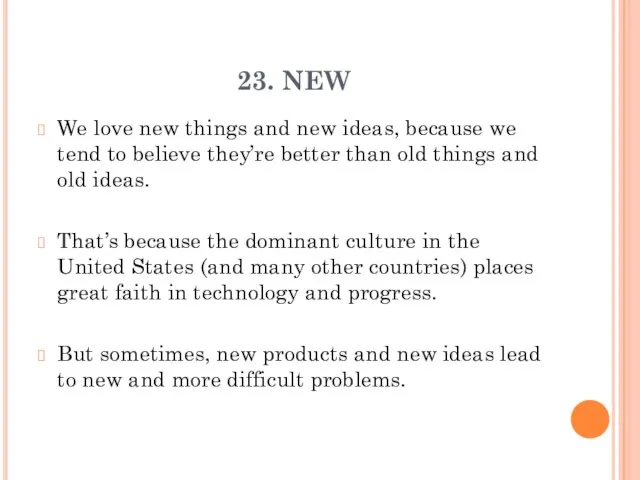
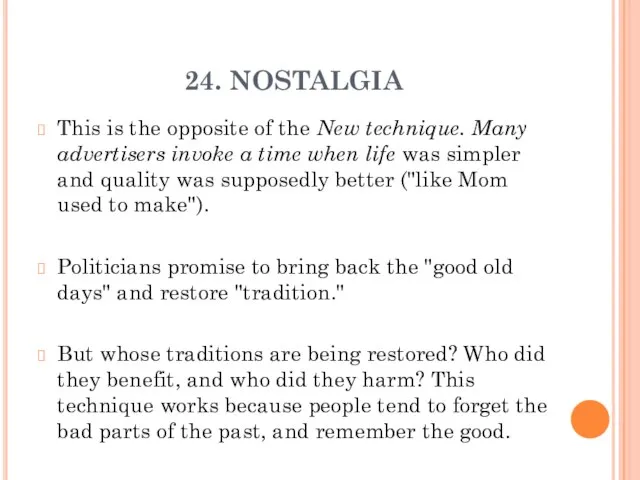
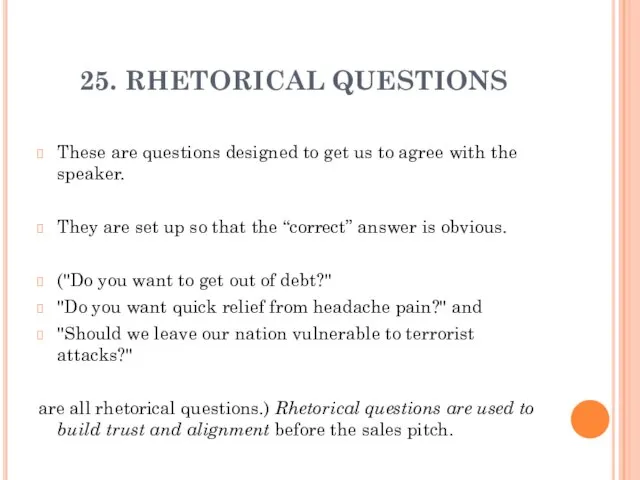

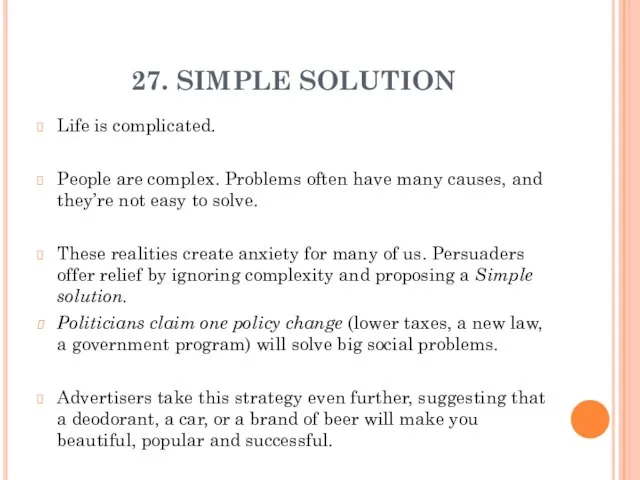

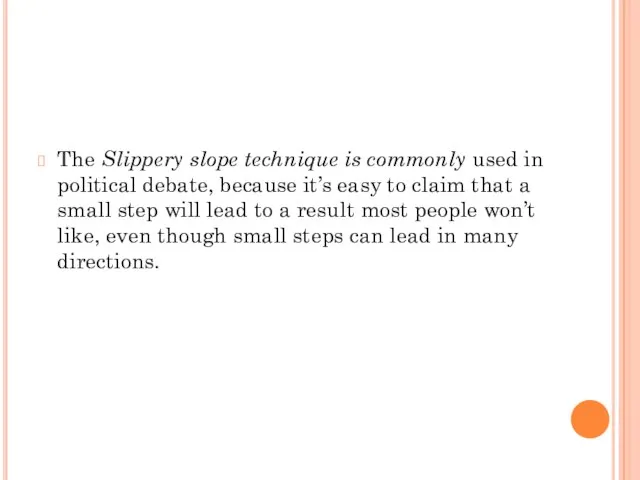
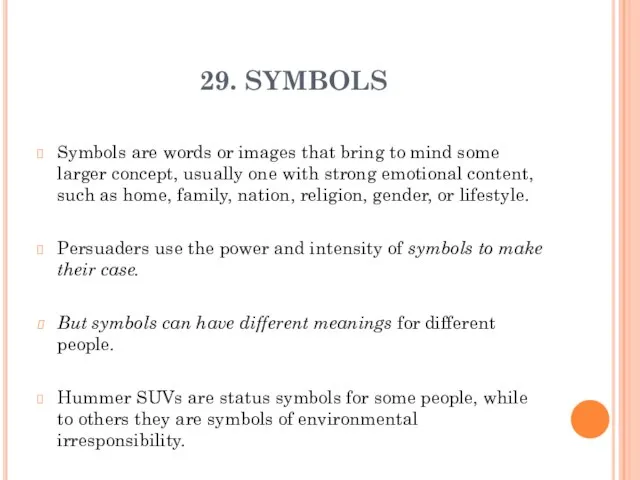
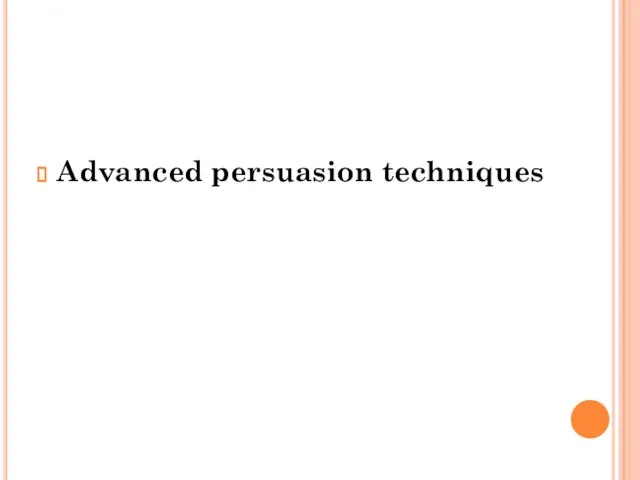
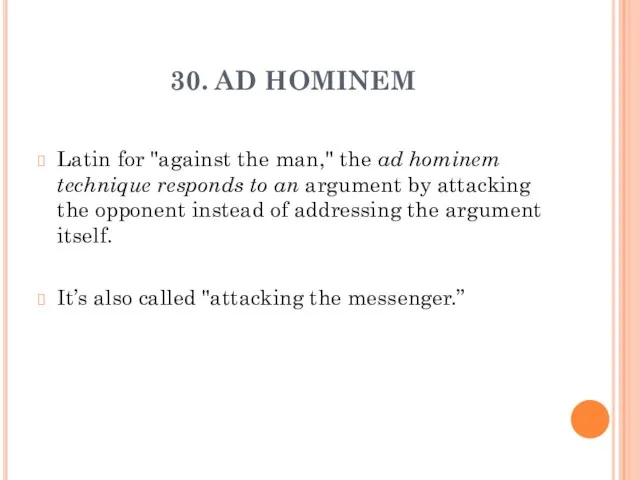
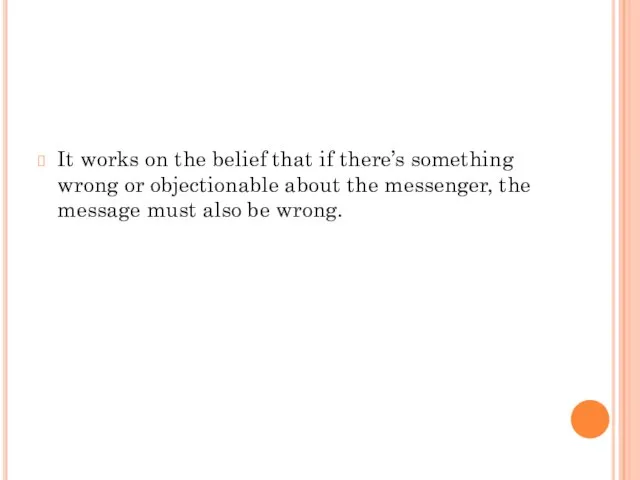

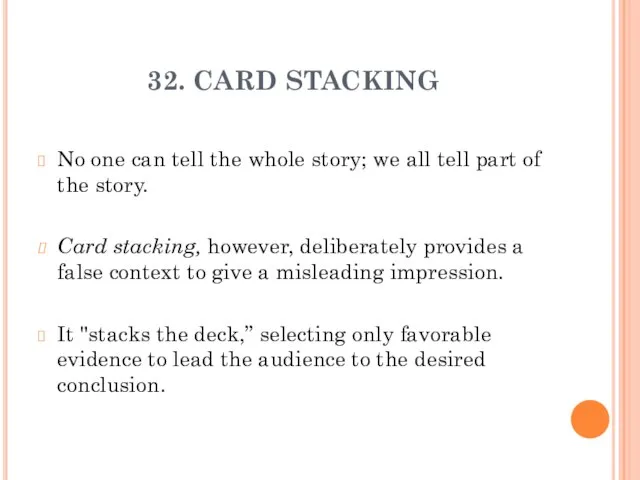

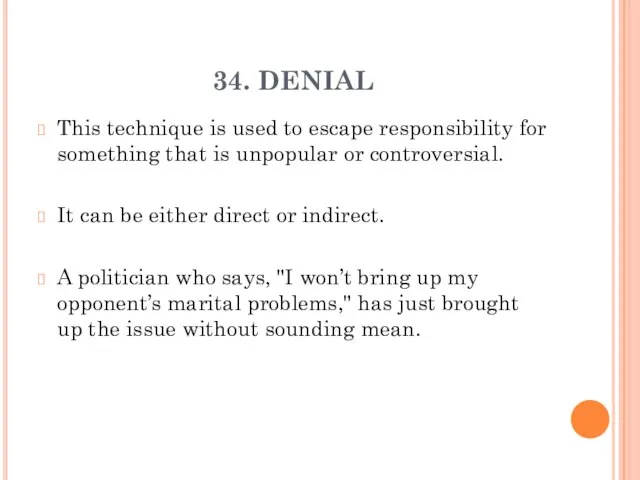
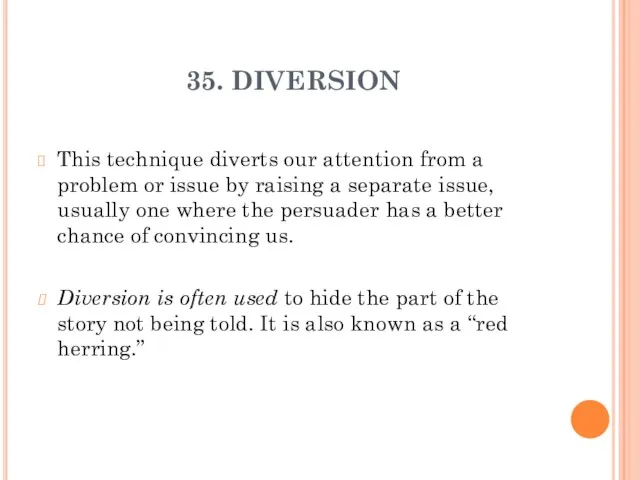
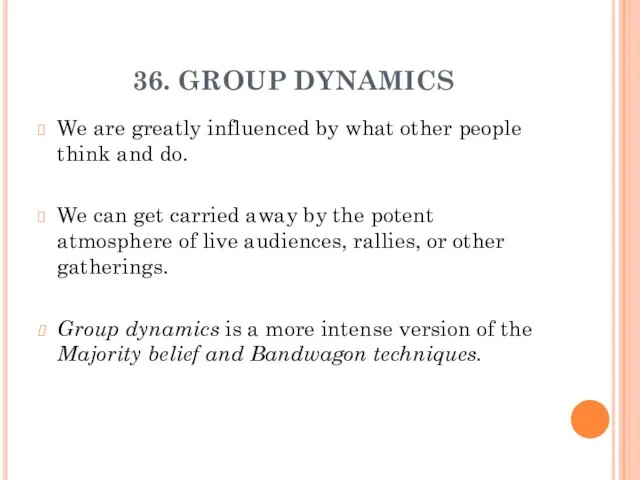
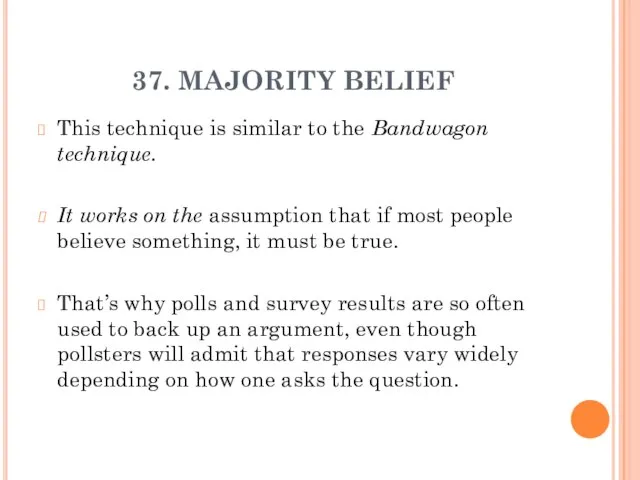
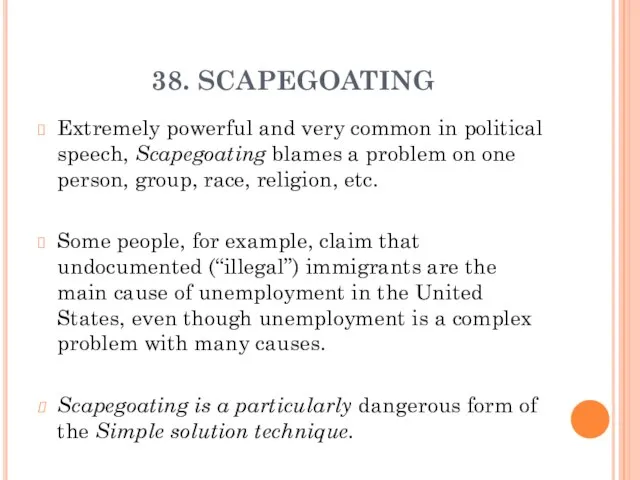
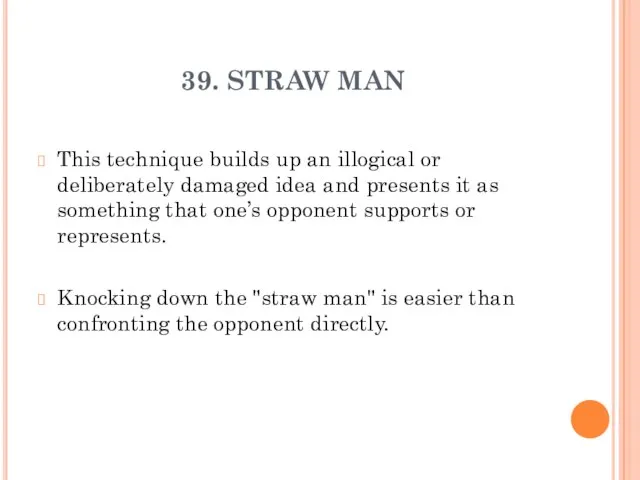
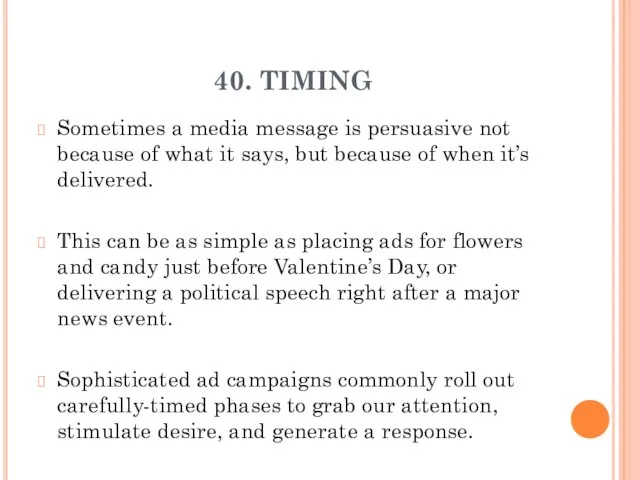
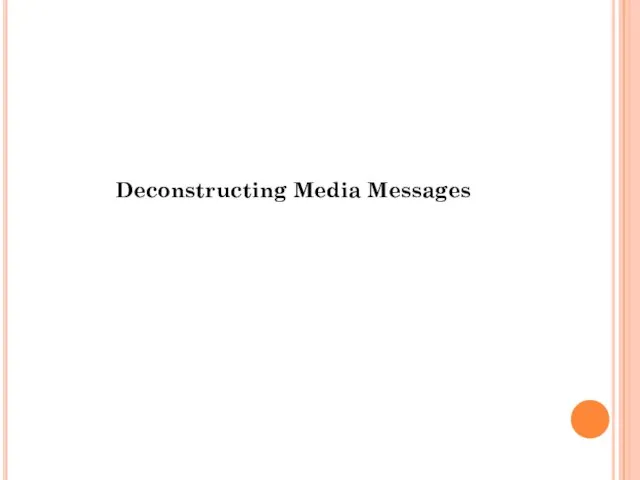
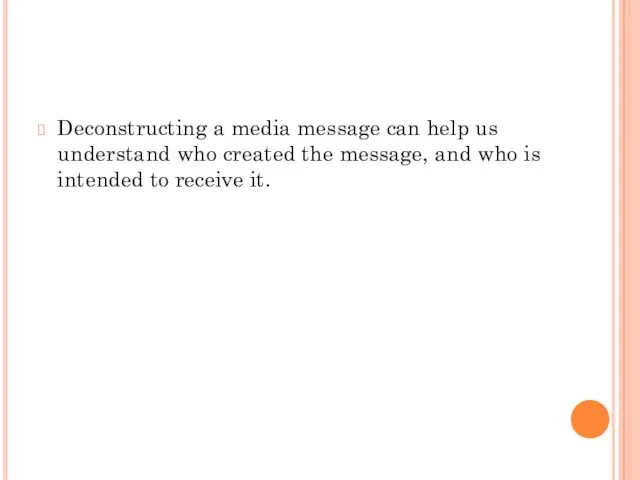
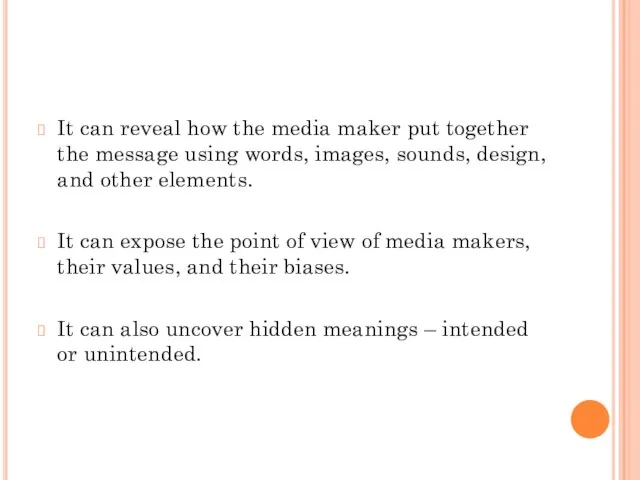



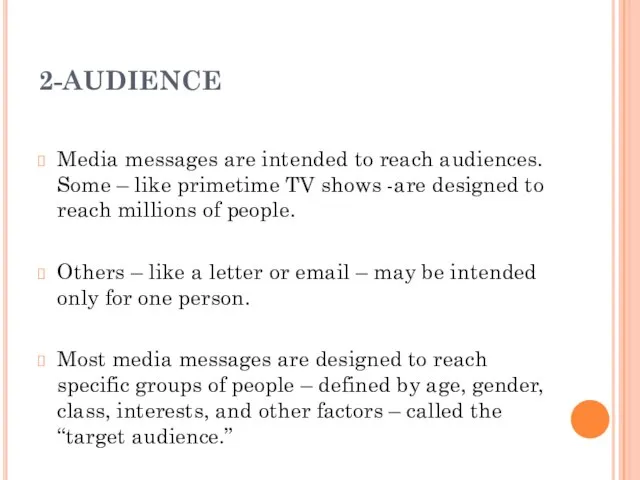
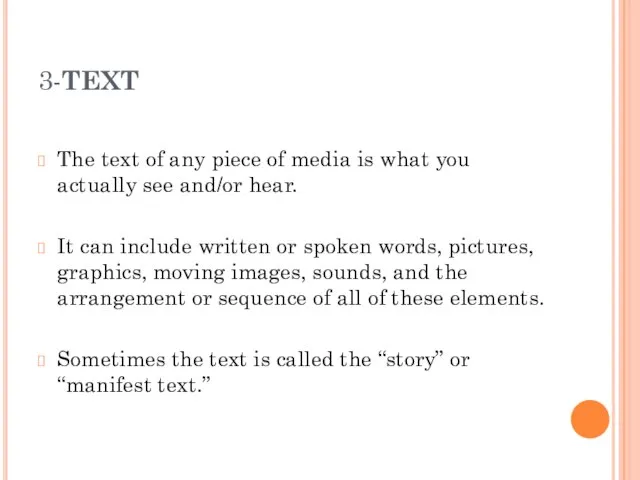


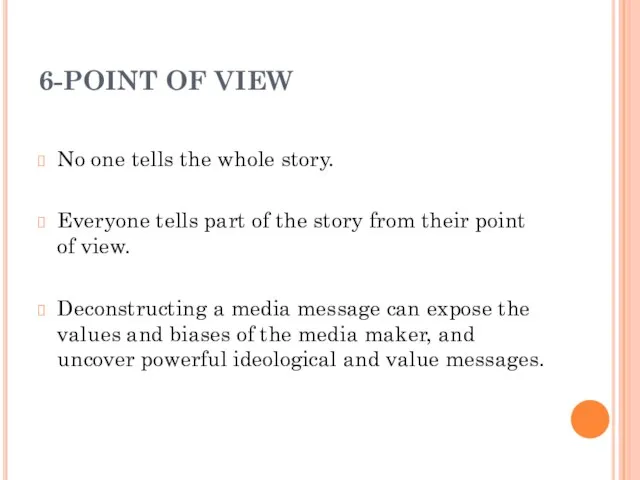
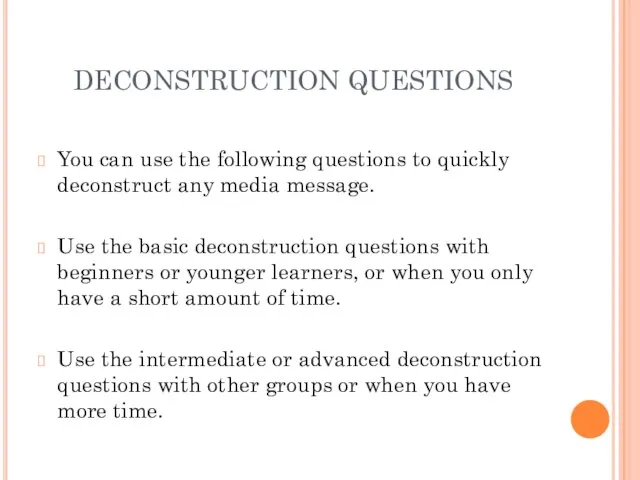
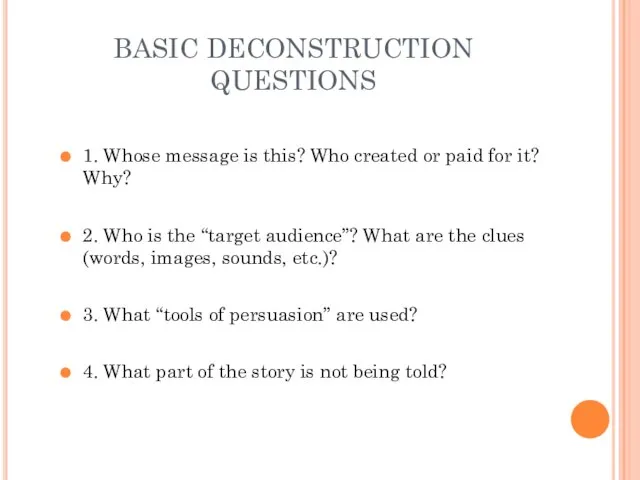
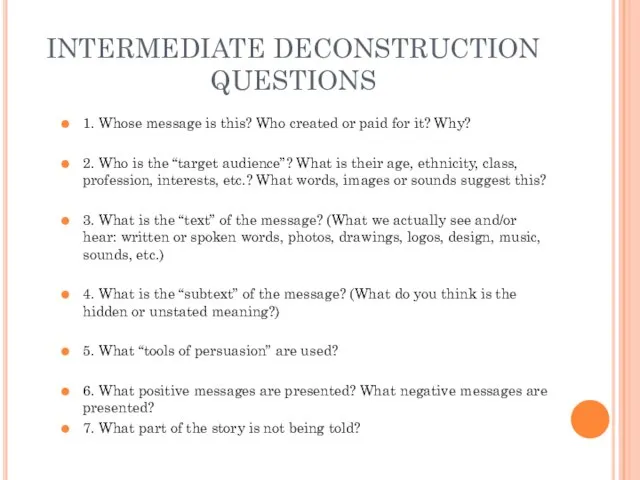
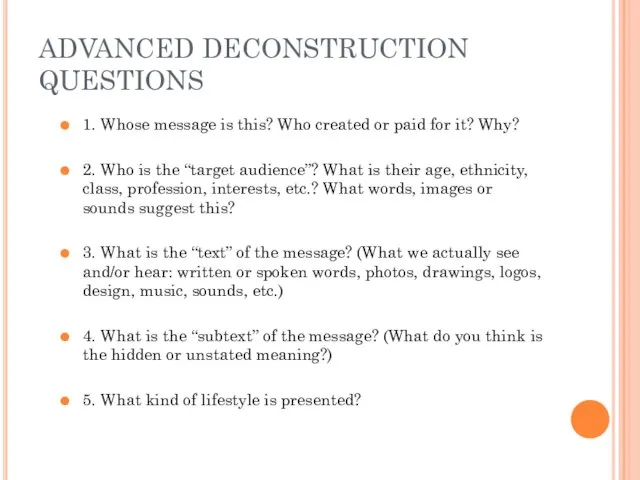
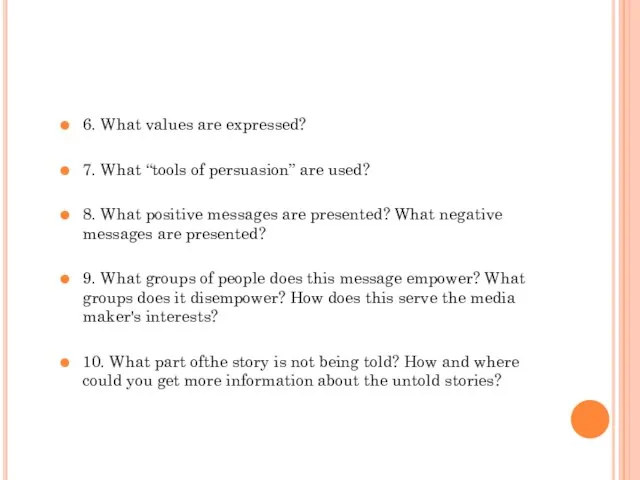
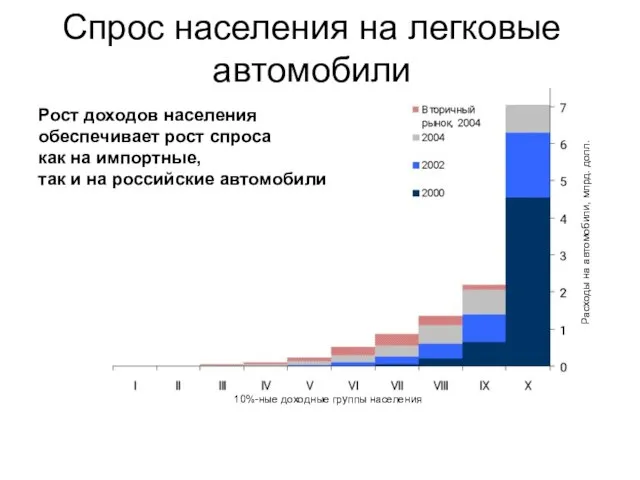 Спрос населения на легковые автомобили
Спрос населения на легковые автомобили Welcome book
Welcome book Александр Александрович Блок
Александр Александрович Блок Интегрированный урок Русский язык и математика
Интегрированный урок Русский язык и математика Морфологические и синтаксические особенности “Слова о полку Игореве”
Морфологические и синтаксические особенности “Слова о полку Игореве” Днестровские берега 2011
Днестровские берега 2011 Проект строительства колбасного цеха мощностью 6.6 тонн мясопродуктов в смену
Проект строительства колбасного цеха мощностью 6.6 тонн мясопродуктов в смену Презентация на тему Кемеро
Презентация на тему Кемеро  К.Г. Паустовский «Теплый хлеб»
К.Г. Паустовский «Теплый хлеб» Возможности администратора повлиять на выбор пути
Возможности администратора повлиять на выбор пути Волновые уравнения Максвелла
Волновые уравнения Максвелла  Использование социальных сетей для проумошена проектовManaging Partner SMM Group | Business PeopleВита Кравчук
Использование социальных сетей для проумошена проектовManaging Partner SMM Group | Business PeopleВита Кравчук ТЕСТ - Н. Носов «Живая шляпа»
ТЕСТ - Н. Носов «Живая шляпа» Общий уровень энергии человека
Общий уровень энергии человека «Громкий» лирик, поэтический лидер периода «оттепели»-Евгений Евтушенко
«Громкий» лирик, поэтический лидер периода «оттепели»-Евгений Евтушенко Сходства и различия в лексике английского и немецкого языков
Сходства и различия в лексике английского и немецкого языков Синтетические ткани
Синтетические ткани Основные фонды
Основные фонды  Что такое КПК. Зачем нужен кредитный потребительский кооператив
Что такое КПК. Зачем нужен кредитный потребительский кооператив Символика моей Родины - Донецкой Народной Республики
Символика моей Родины - Донецкой Народной Республики 12 апреля - день космонавтики.
12 апреля - день космонавтики. Основні види поліграфічної продукції, що захищаються від підробок
Основні види поліграфічної продукції, що захищаються від підробок Is sociology a science
Is sociology a science  Презентация на тему Древняя Индия
Презентация на тему Древняя Индия Отдел автоматизации предприятия
Отдел автоматизации предприятия Пословицы и поговорки о труде
Пословицы и поговорки о труде МЕСТО «ТЕМАТИЧЕСКОГО» ТЕЛЕВИДЕНИЯ В МЕДИА РЕКЛАМНОМ ПРОСТРАНСТВЕ РОССИИ
МЕСТО «ТЕМАТИЧЕСКОГО» ТЕЛЕВИДЕНИЯ В МЕДИА РЕКЛАМНОМ ПРОСТРАНСТВЕ РОССИИ Simfonia primăverii
Simfonia primăverii